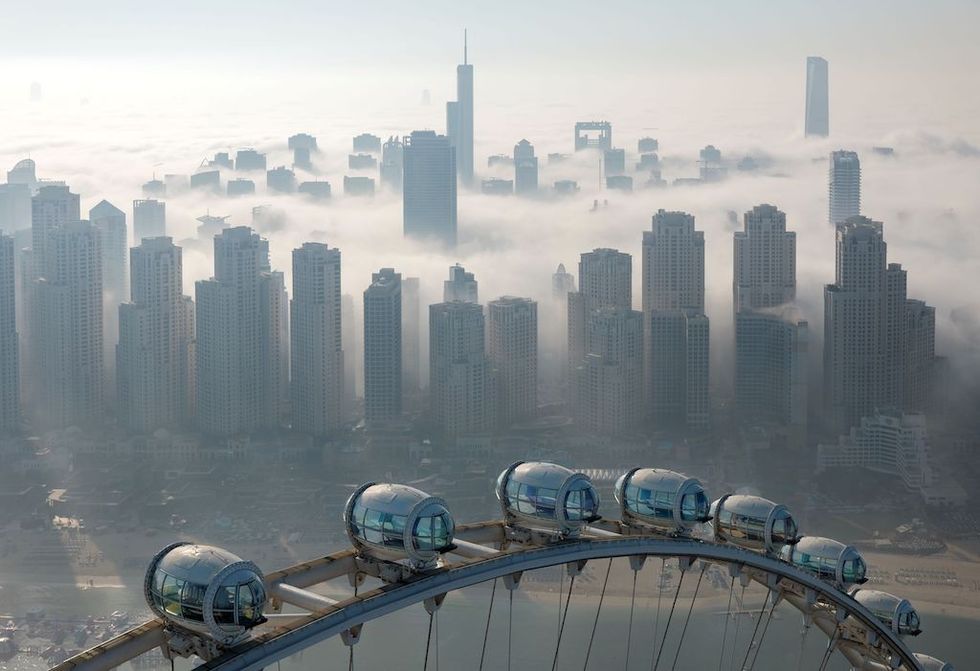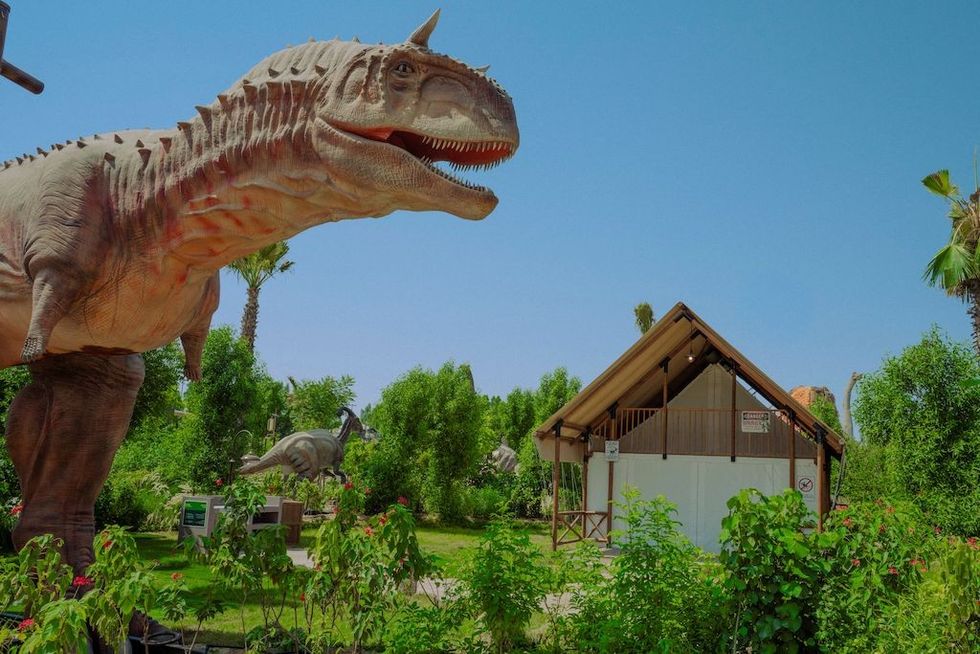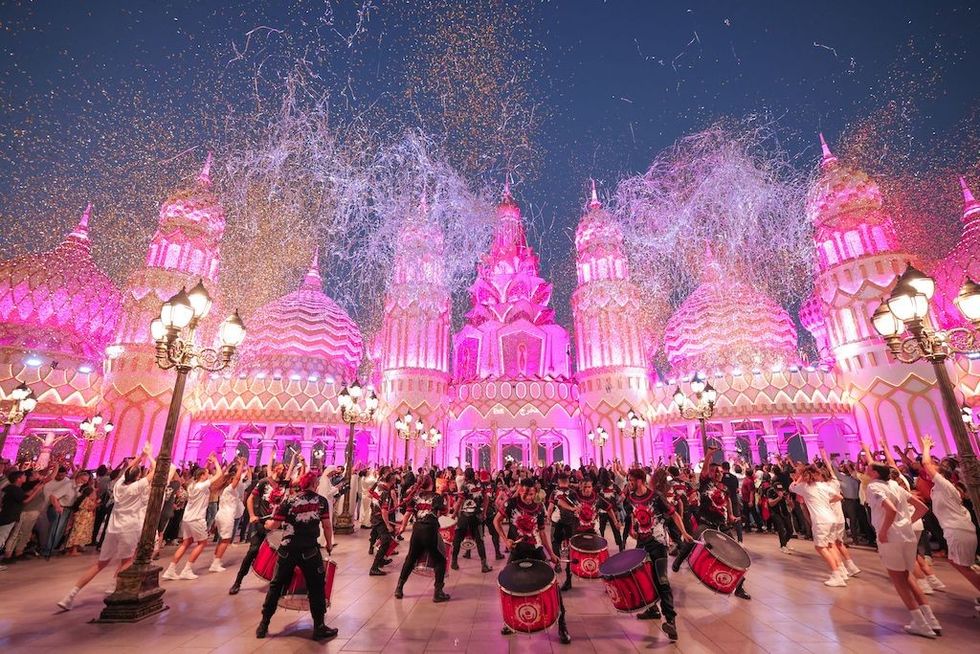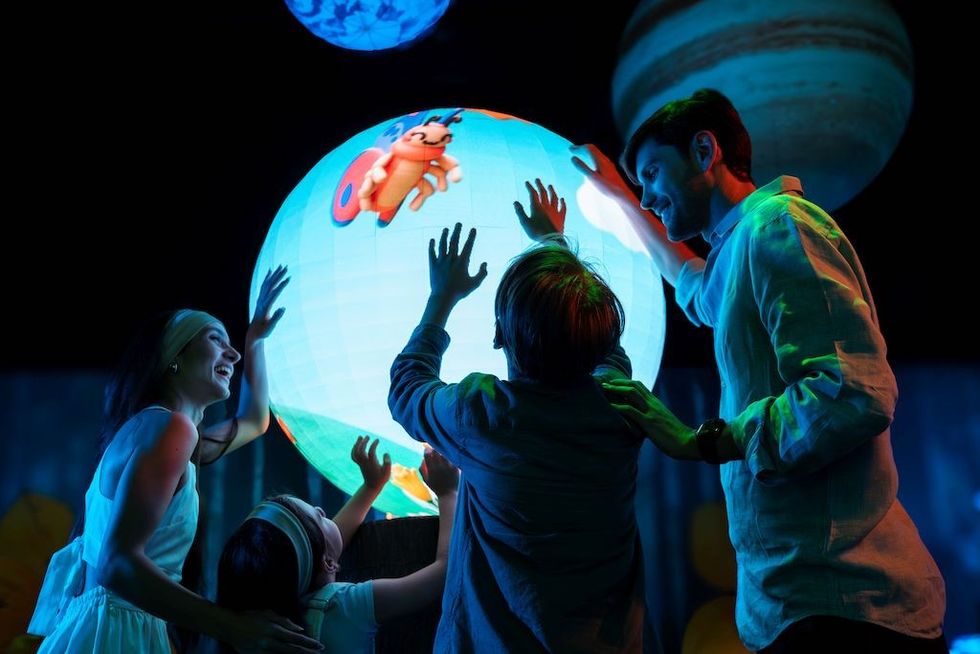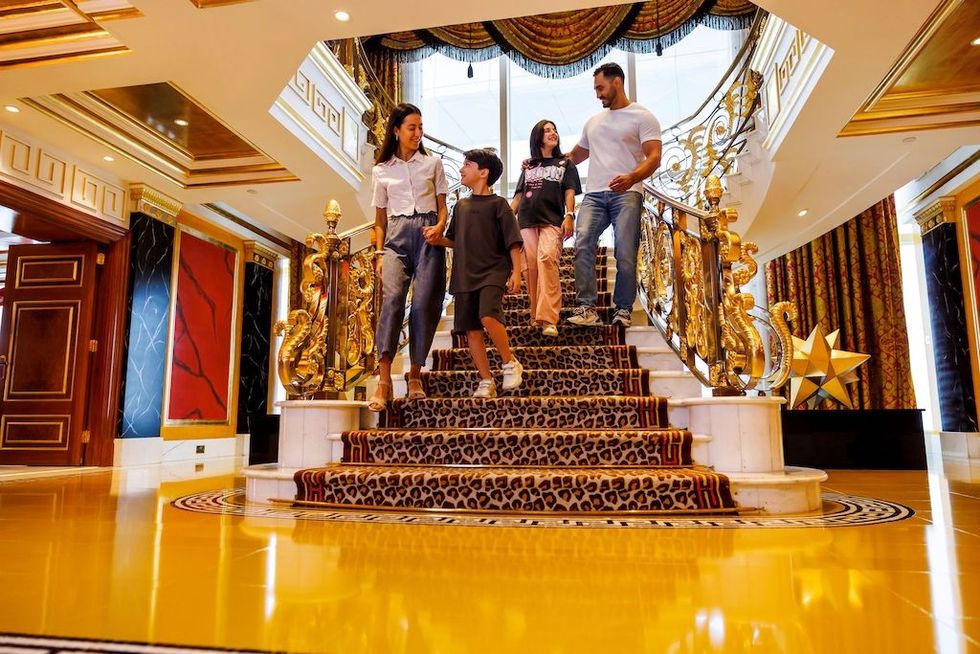At blooloop’s 2025 Festival of Innovation earlier this year, attractions industry leaders spoke at the Innovation in Experiential Technology session, sharing their thoughts on immersive technology trends, the integration of themed entertainment in everyday spaces, and enhancing an attraction with AR and AI.
Speakers on the panel were Jim Shumway, VP of project delivery at TAIT; Erica McCay, executive creative director at Valtech Themed Entertainment Studio; Rachel Nakamura, product manager and producer; and Felix Erdmann, managing director of BeWunder.
Watch all the Festival of Innovation sessions here
Innovation in experiential tech: meet the experts
Jim Shumway
Shumway joined TAIT, a global leader in the live experience industry, in 2013. He held a variety of positions before his current post as VP of project delivery. Now, Shumway specialises in providing unique solutions for projects of any size and market, and has successfully produced experiences for renowned clients including Taylor Swift, Beyoncé, the Metropolitan Opera, Universal Studios, and the Walt Disney Company.
Shumway also manages accounts for TAIT’s biggest and most innovative clients, ensuring effective communication at the executive level and exceeding expectations for all parties involved.

Erica McCay
McCay writes and designs stories that connect people and places. Since 2005, her work has focused on interactive theme parks, theatre, and play-based education.
She worked as an interactive experience designer for Universal Creative for seven years, including as lead designer for the wand experience in the Wizarding World of Harry Potter at Universal Studios Hollywood, and as co-lead designer for the land-wide game in Super Nintendo World at three Universal parks.
Rachel Nakamura
Nakamura is a product manager and producer based in Los Angeles. Her passion is integrating the physical and digital worlds to create immersive and engaging experiences, spanning everything from creating pitch decks to coding prototypes and designing mockups.
She has previously worked for Meta, Instagram, Microsoft, and, most recently, Disney on its interactive experiences team.

Felix Erdmann
Erdmann is managing director of BeWunder, an expert in creating multisensory experiences using a range of media and technology.
Since its founding in 2022, BeWunder has had double-digit annual growth, opened new offices in Riyadh, Jeddah and Tokyo, and extended its service range to become an industry-leading turnkey solution provider. The company recently worked on several prominent pavilions for Expo 2025 Osaka in Japan.
Trends in experiential tech
The Festival of Innovation’s experiential technology session started with a look at trends in the sector, with Erdmann focusing on museums.
“A trend that we have seen for quite a long time already is that exhibitions are becoming more and more immersive, that interactivity is more requested, and that also more conservative styles are moving into immersive, experiential technologies,” he said.
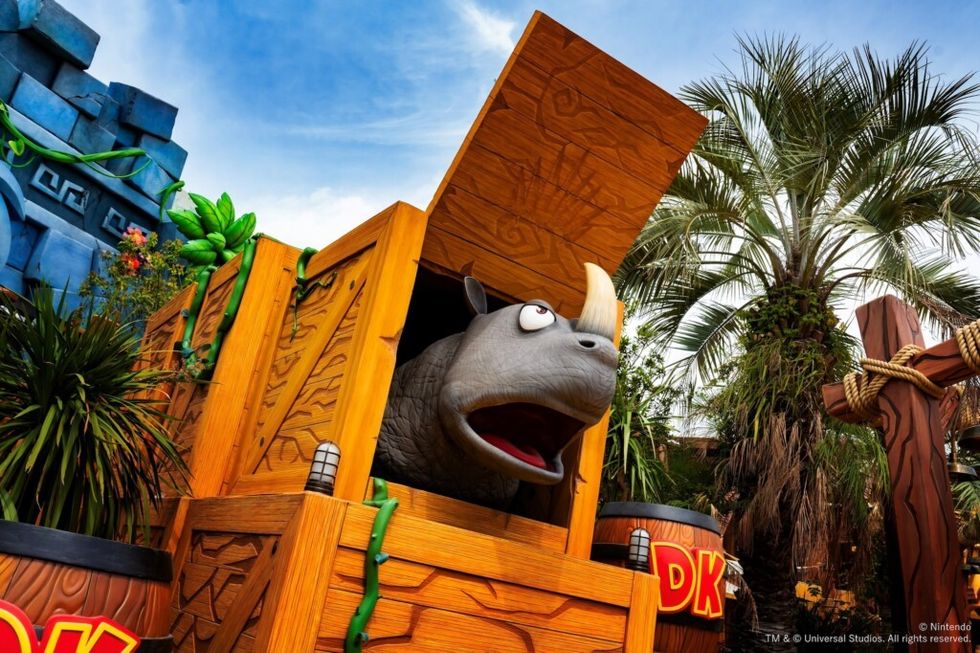
“We can see that more and more museums are becoming more digital, and that's a trend that we believe will continue.”
McKay and Nakamura spoke about the growth of ‘immersive everywhere’, or integrating themed entertainment into a range of experiences and spaces.
Immersive everywhere
“I think people expect to be a participant in the world that they enter now, and for it to matter that they were there that day. That doesn't necessarily mean [they have] a special profile or an object that [they] use, but there is an understanding that guests are not just passively engaging in this world,” said McKay, who recently worked on a Super Nintendo World Donkey Kong expansion.
“When I entered this industry, it wasn’t as common to have an entire themed land open with an attraction. It was enough to just have an attraction. Now, people expect a world for them to enter, not just a single queue line and ride to go on.”
In her role at Disney, Nakamura’s work included a digital/physical activation for D23 that combines digital avatars and QR codes. On the subject of trends, she said she’s “noticed a huge increase in adding a layer of immersive technology on top of existing experiences that didn't necessarily seek that out to begin with”.
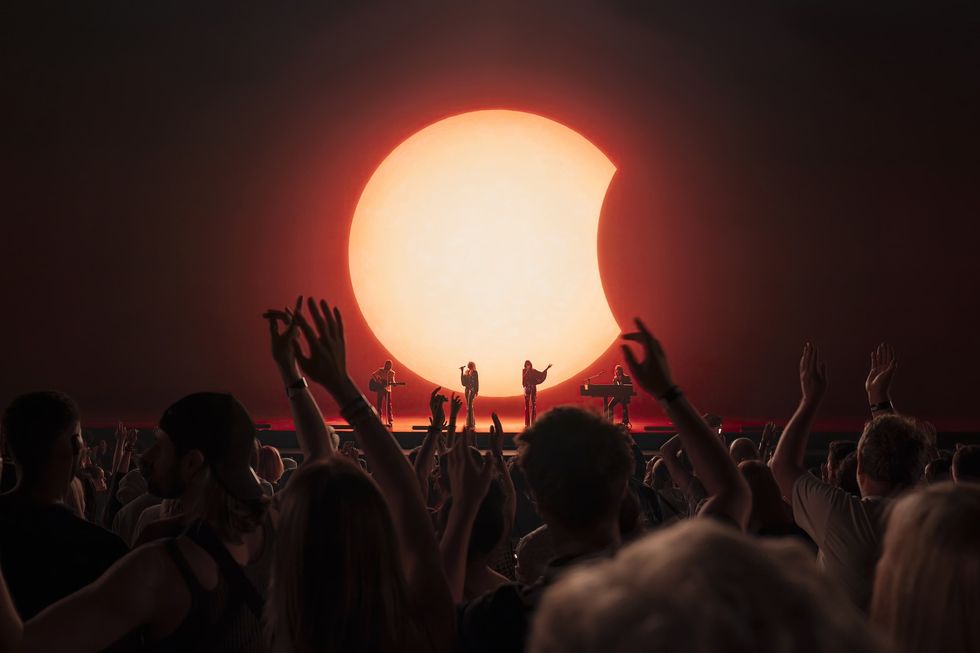
She added, “ Concerts, for example, also are starting to head more in that direction. It is now surprising when they don't [provide] a little disposable plastic wristband that has a little light on it that they've already synced up.
“I think themed entertainment is now becoming something that people are integrating in – not just its own separate experience, where it has to be completely immersive, and there's no consultation from any other discipline.”
Shumway, meanwhile, discussed a rise in demand for “individualised experiences in a community format”.
“While we're all working to provide individualised experiences, those experiences are in a group setting… We are ultimately a communal animal,” he said.
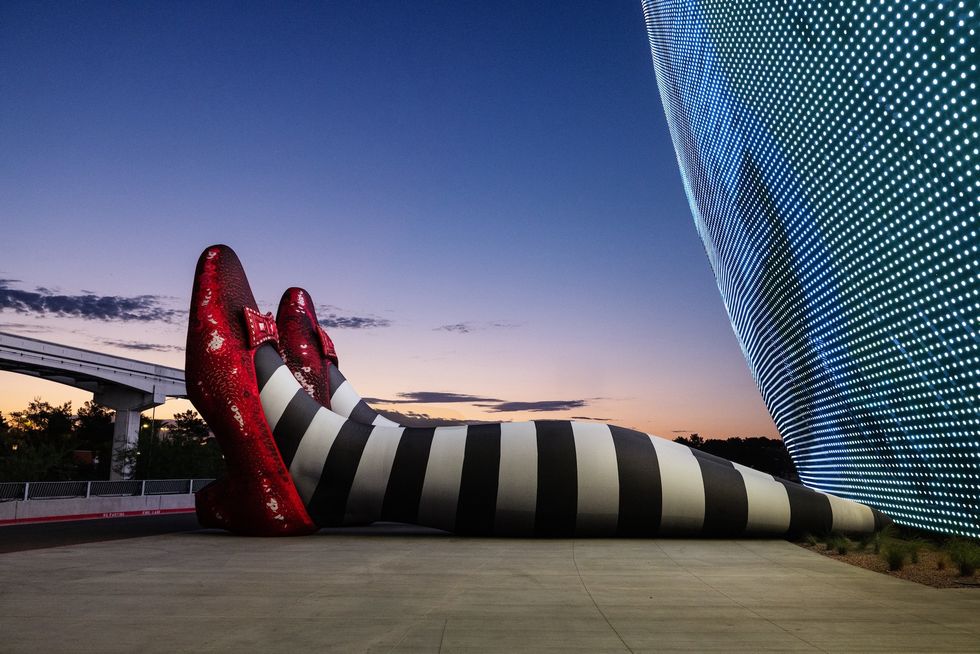
“Look at something like the Sphere in Las Vegas… you wouldn't want to be there by yourself. If you wanted to be there by yourself, you could get an Apple Vision Pro. It’s [about] bringing these groups together and creating individualised experiences in a community format, which makes the technology backbone incredibly more complicated.”
He added, “On the negative side of all of this immersion and experiential [technology], what we're seeing is technology that isn't rung out enough by the time it gets to the public. We particularly see that in immersive experiences aimed at children.”
Integrating technology successfully
Moving to technology, Shumway said a successful activation “really depends on how well the technology is integrated in the full visitor experience”.
“If the technology is only there for the sake of having the latest technology, but it's not fully integrated into the design and it's not helping to deliver the content and get the message across, then it's rendered useless,” he said.
Shumway added, “That’s why it’s important for TAIT to be involved as early as possible in projects, so that together with the exhibition designers and clients, we can find the right technology to actually deliver the message and improve the visitor journey.”
Technology is there to support the visitor experience
“Technology is there to support the visitor experience. It’s not an element by itself that should be exhibited,” Erdmann said.
McKay said: “I actually want technology to be more human, to be that we actually rely on the people and the performers who bring the world to life and make it more interactive, in true performance interactivity.
“Humans are technology as well. We can leverage that emotional connection, the things that we can't replicate with a machine to make all of these experiences – whether they're small scale, concert venues or theme parks – personalised and adapted for each of the guests.”
Augmented reality
Augmented reality has huge potential in the attractions sector, allowing developers to overlay digital information onto a visitor's actual physical environment.
“We already live in a world that's augmented, because AR is not specific to a head-mounted device or glasses. So we augment the world all the time with our phone,” said McKay.
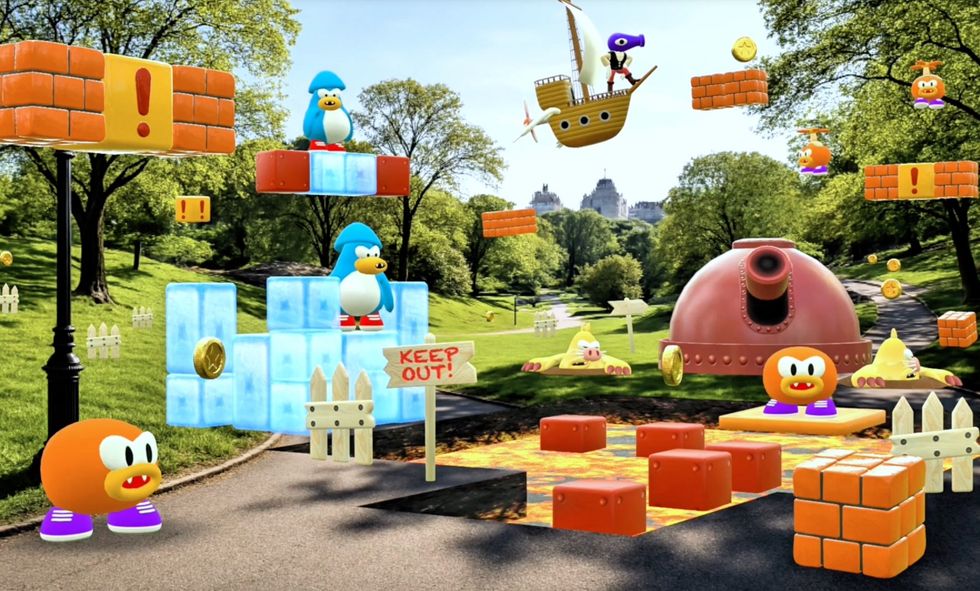
“I look forward to when [AR] is used to support the experience and not as a gimmick. I think it's moving that way, and there are times where it really enhances [the attraction], because there are limitations to physics and things that we can experience in the real world. We want to be a part of some form of fantasy, and so to have that wish fulfilment, we need something about our reality augmented.
“AR is the way that we can all be together and experience a version of life that would be impossible for us to experience outside of that.”
Nakamura said: “I think AR has the potential to run into gimmicky territory, where it feels very forced, clunky, and not natural to the experience. I think AR is where we're headed [but] it's a matter of refining the way in which we get there, because a lot of the implementations of it are pretty clunky."
AR is getting refined
“And there [can be] a disconnect, if you just have engineers, and particularly people in coding, working on an experience, as opposed to having everybody in the room at the same time, and having that deeper conversation about the feeling that we want to impart; the sentiment that we want to give to people," she added.
“I think that [AR] is getting refined. I hope it moves more quickly in that direction, but it seems to be taking a little bit of time.”
Artificial intelligence
Artificial intelligence (AI) is another tool that can be used to enhance the guest experience, but it lacks a “human fingerprint”, our panel said.
“While it’s very prevalent right now, until AI gets to the point where it feels more heartfelt and less soullessly manufactured, and once there's a more tangible, genuine quality in there that really speaks to you personally, that’s where it 's really going to take off,” Nakamura said.
“I agree with you,” Shumway said. “What we're lacking today in generative AI is the curation of the experience. We're handing over a lot of experiences to generative AI, but the curation is important. The curation is the human fingerprint on the experience.
“I think that's the part we're not there with yet on AI.”
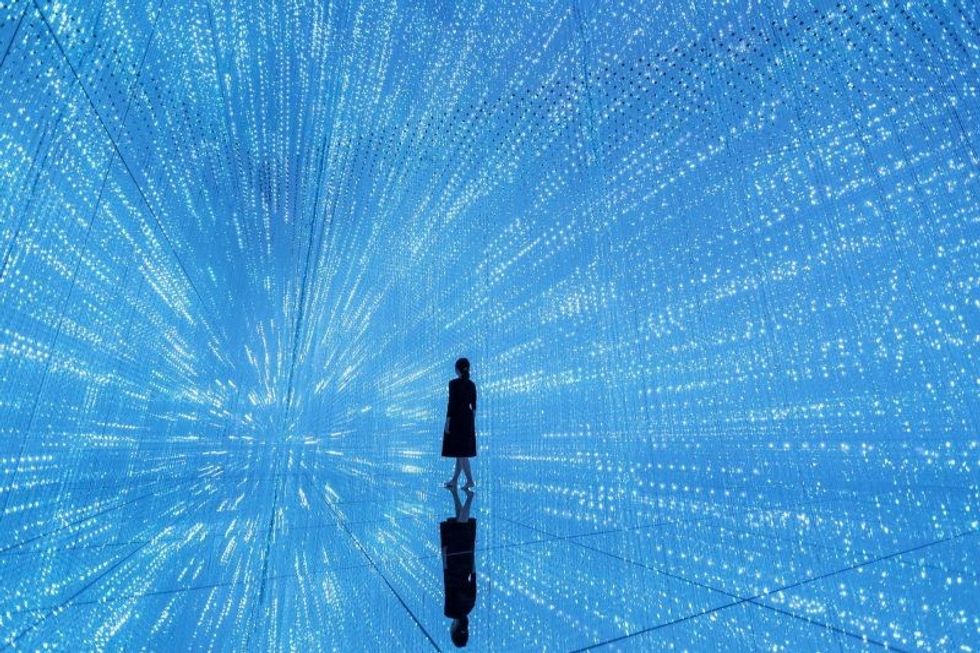
In the museums sector, Erdmann said: “AI is providing new ways to use technology and create content, and that will definitely have an impact on exhibitions.”
Additionally, AI technology can be utilised to develop exhibits or experiences that are “more interactive and more tailored towards the actual visitors”, he said.
When it comes to BeWunder ’s employment of AI, Erdmann said there is “significant potential to improve how we deliver projects for our clients from a process perspective, also from a time perspective”.
“AI can also help us to improve the designs and content, so it really impacts the full spectrum of the business moving forward,” he added.
Challenges in the industry
For Shumway, the biggest challenge in the world of experiential entertainment is “making the technology robust enough”.
McKay added: “One of the biggest challenges is the way that we work as teams to create the experiences. It is so common to silo a creative team and an engineering team, and a finance team, instead of having everybody all work together.
"If you have designers blue sky without any idea of how much stuff costs to build and no idea how it's made, what will be designed can only be as far as their imagination within what they think is possible.
“But if you have those other voices in the room, all of these people who are part of the blue sky process, we're all working together to think about what's possible and what’s not.
“I really think that's the biggest struggle we have: how do we become a better team, or organise our teams better to support even better creations?”
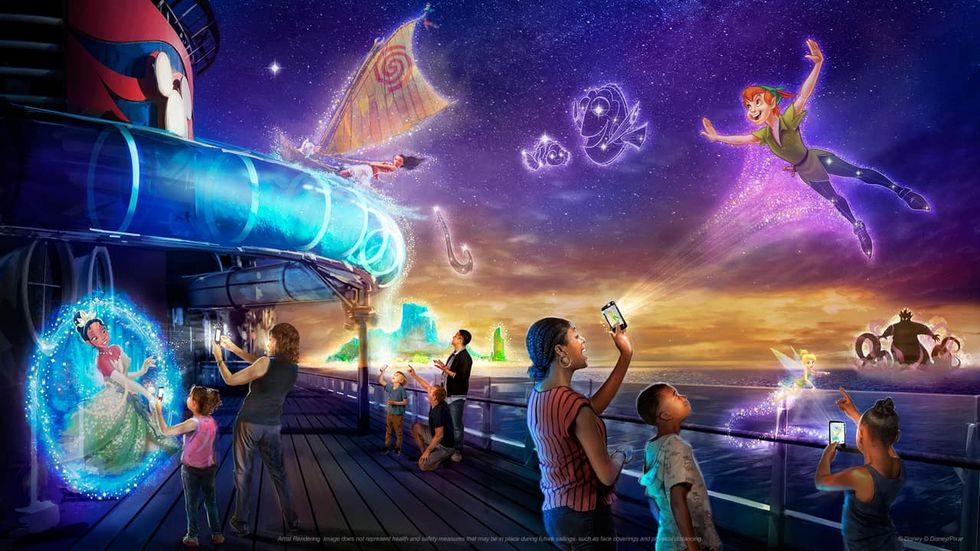
The “disconnect” between teams is a challenge, Nakamura said, and “the larger the projects get, the more siloed they get”.
Another issue, she said, “is [that] the marketing team is often not in sync with the creative team and the engineering team”.
“There are times where I feel like the way something is being marketed is not true [to] the spirit of what the experience is,” Nakamura said.
Also, “The best experiences are the ones that are so good that the marketing team doesn’t have to do any extra heavy lifting. I would consider teamLab in Japan to be one of those [experiences] where they don’t have to tell you to share them on socials. Their experience is so good [that] you see it all over your friends who’ve been to Japan’s feeds, because it’s so interesting, unique, and genuinely cool and tangible."
“It gets much more difficult when you're operating on the scale of something like the Sphere, where there are like 5 million teams. It's so difficult to maintain that same level of walking in step with one another, with that size and magnitude,” she said.
One of Erdmann’s biggest challenges is also “to find the right people to be part of your team, because in the end, there are only so many specialists around the world that can really be part of a high-technology team, which is limiting every company in our business, for example; how many projects you can deliver, how well you can deliver them, how fast can you grow as a business.
“That’s why we really prioritise growing a strong team, to build a strong foundation of the business.”


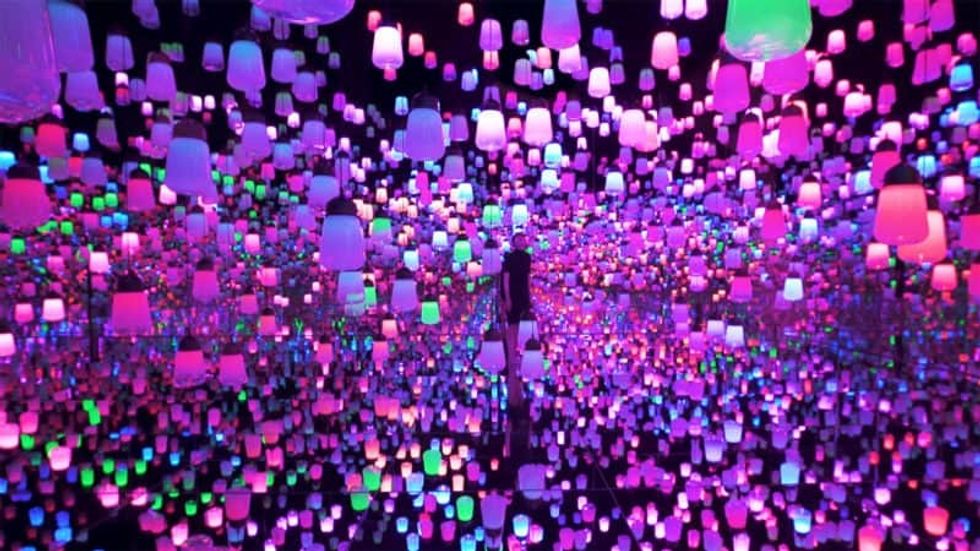 teamLab Borderless
teamLab Borderless 
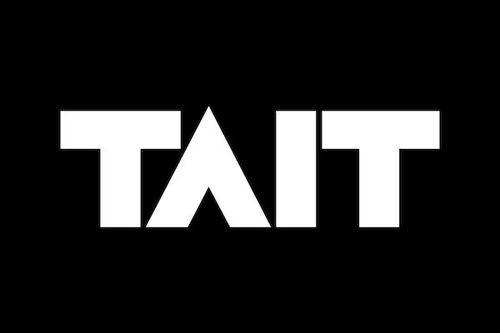
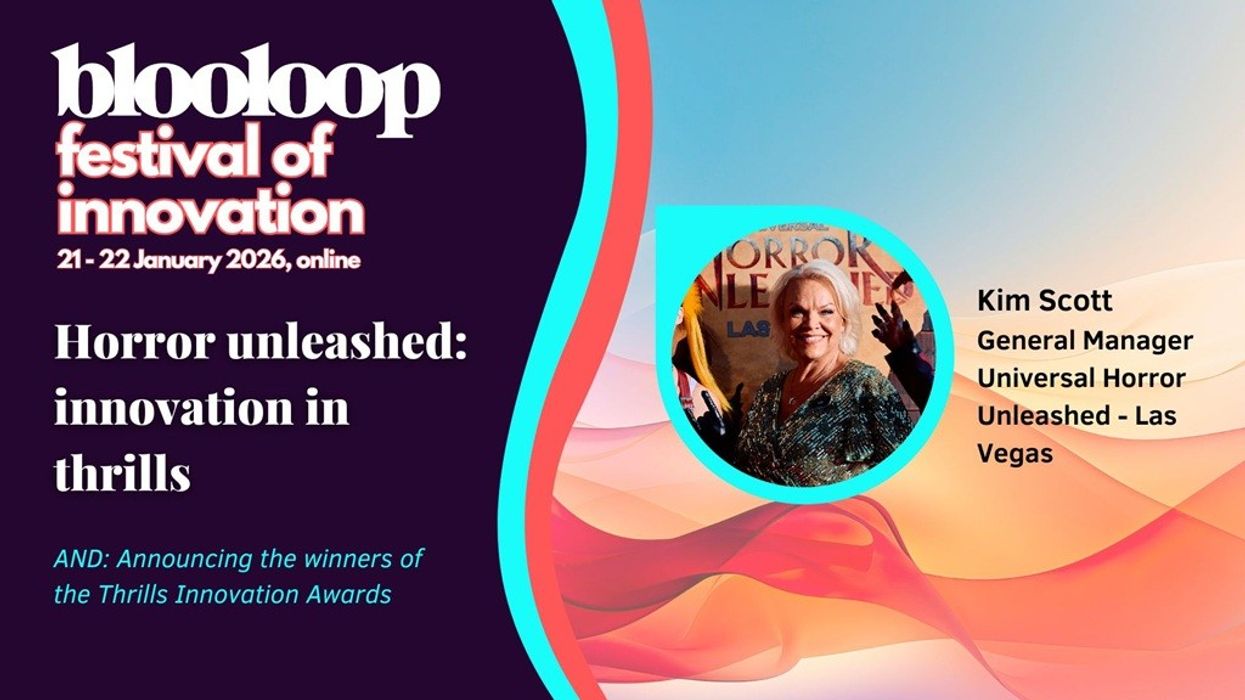
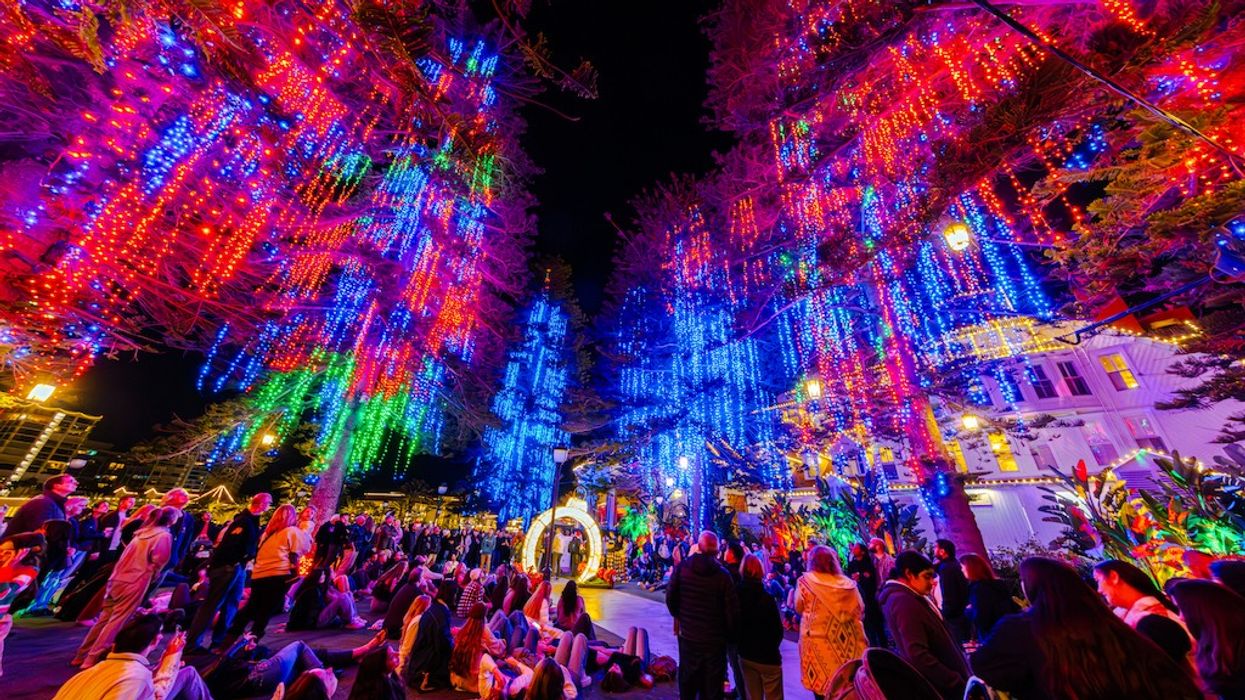
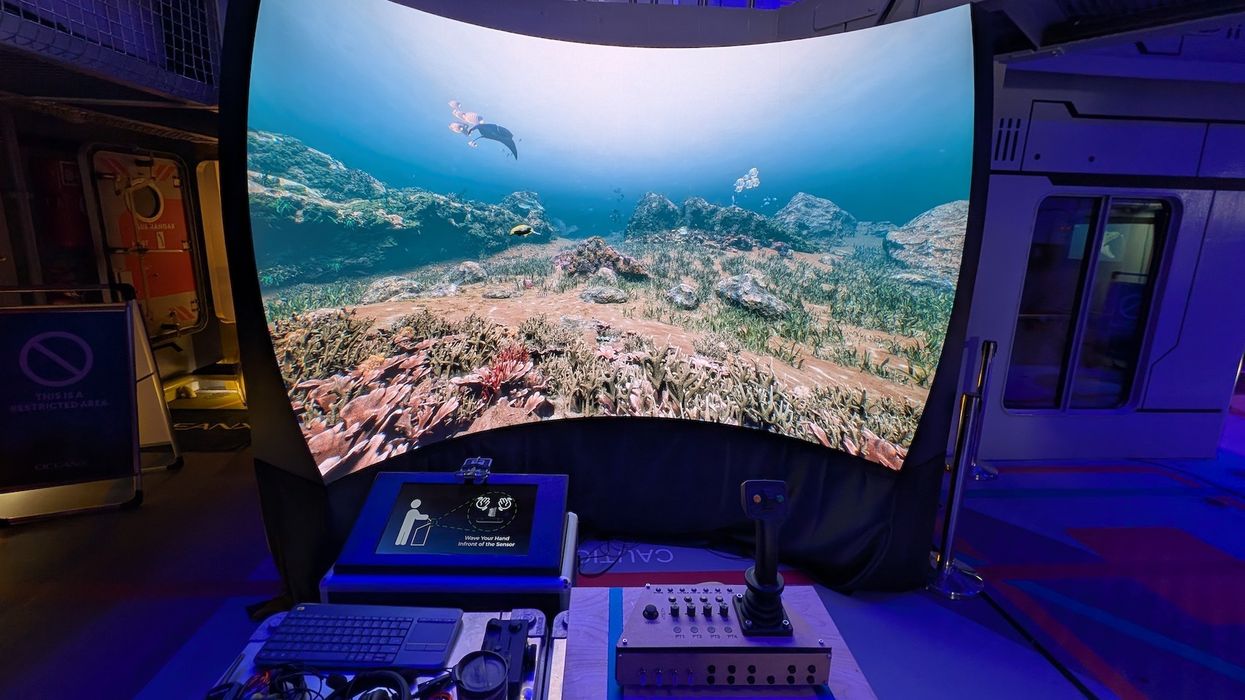
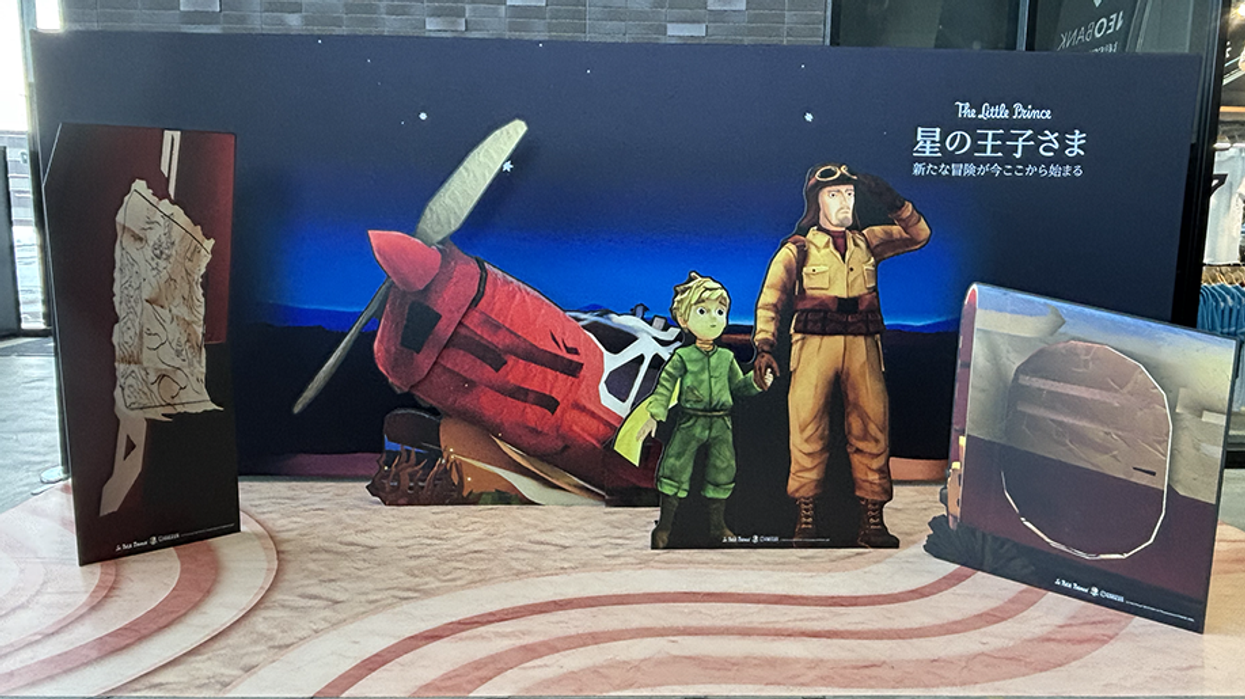
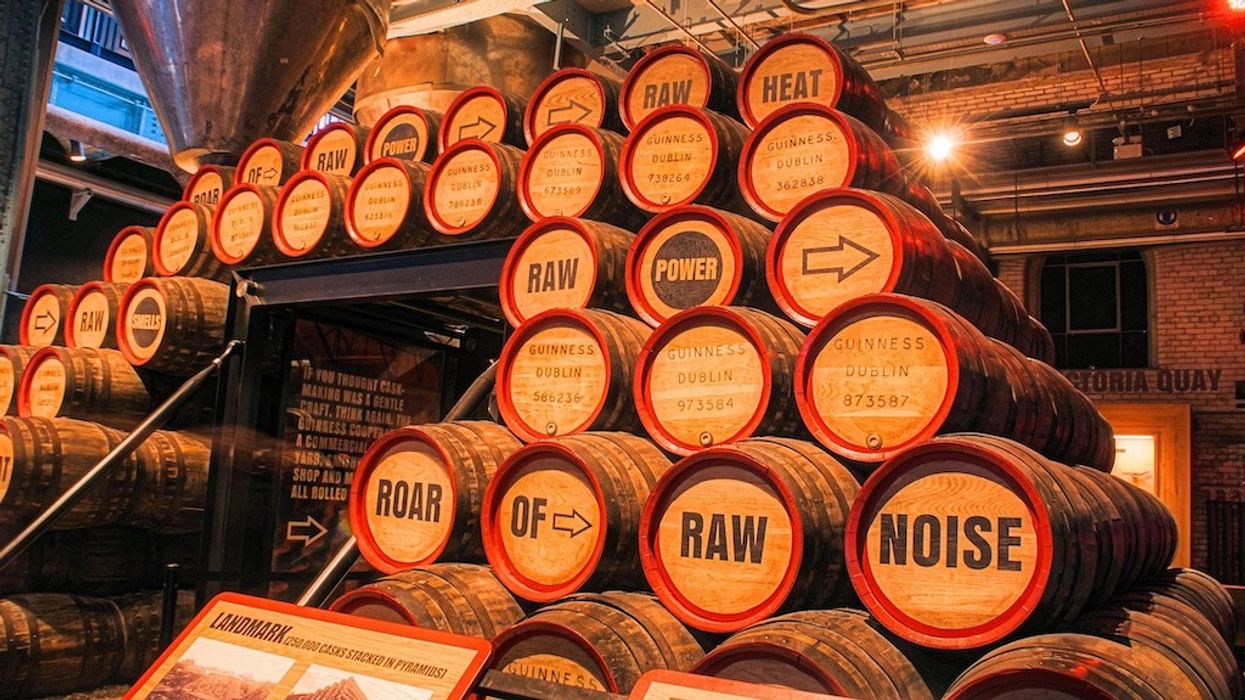
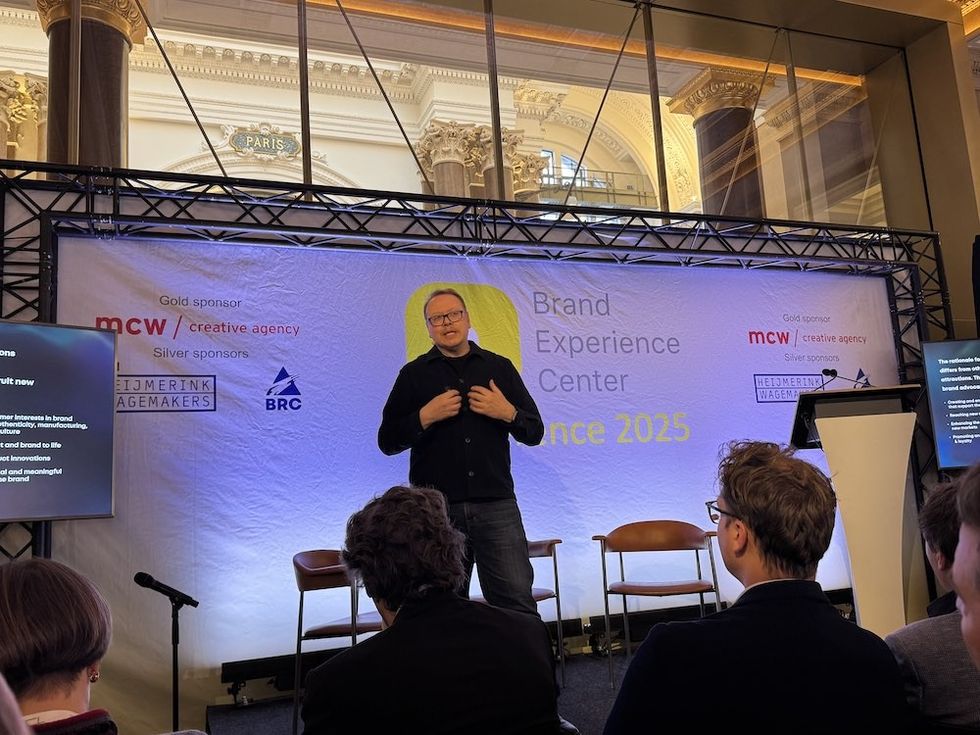 Christian Lachel, chief creative officer, BRC Imagination Arts
Christian Lachel, chief creative officer, BRC Imagination Arts  Image credit AA+W - stock.adobe.com
Image credit AA+W - stock.adobe.com Chocoversum Image credit Sebastian Fuchs
Chocoversum Image credit Sebastian Fuchs 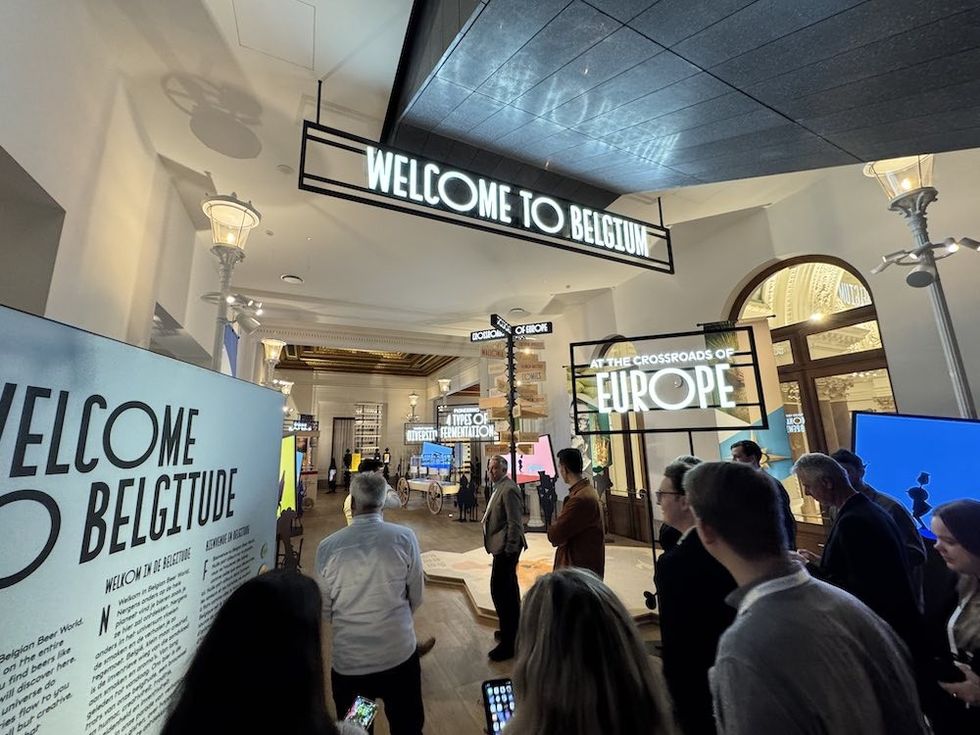 Belgian Beer World
Belgian Beer World 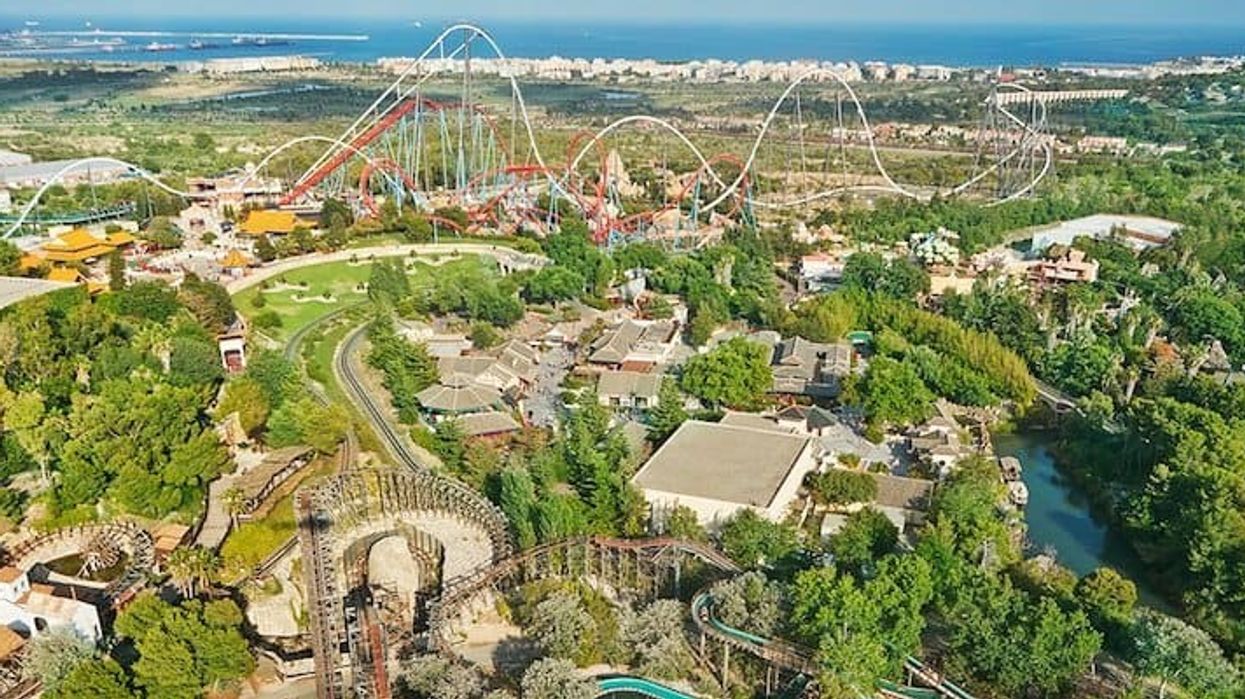
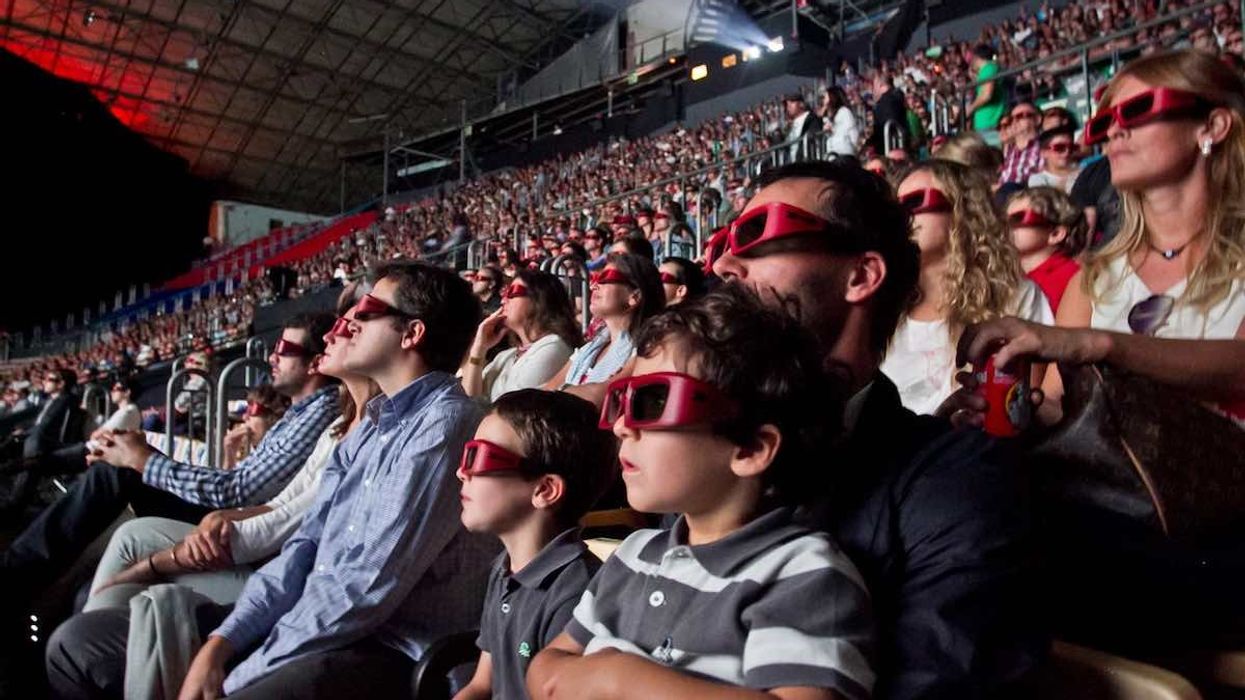
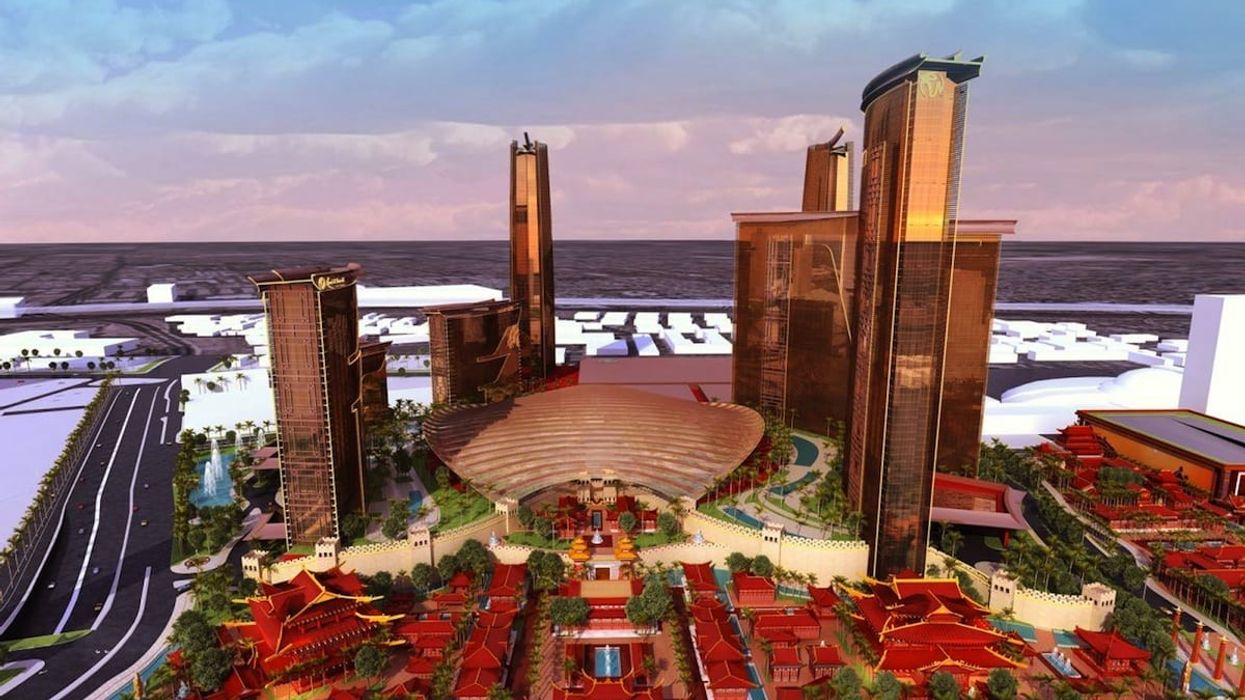
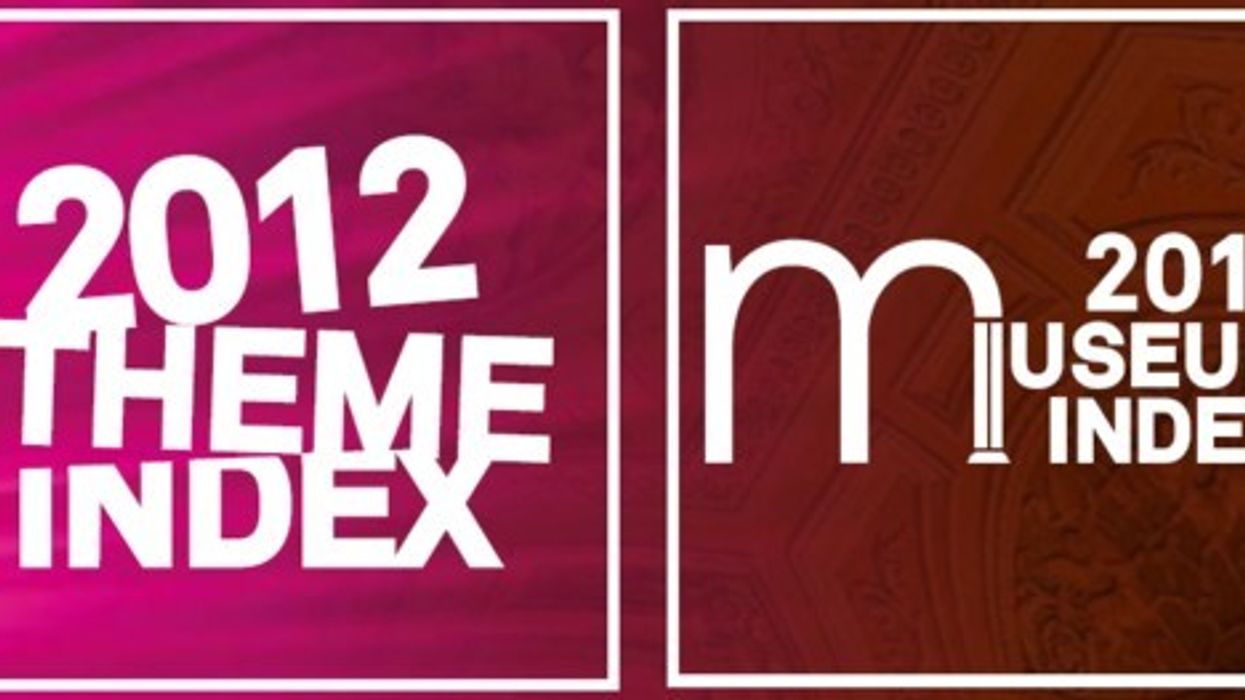
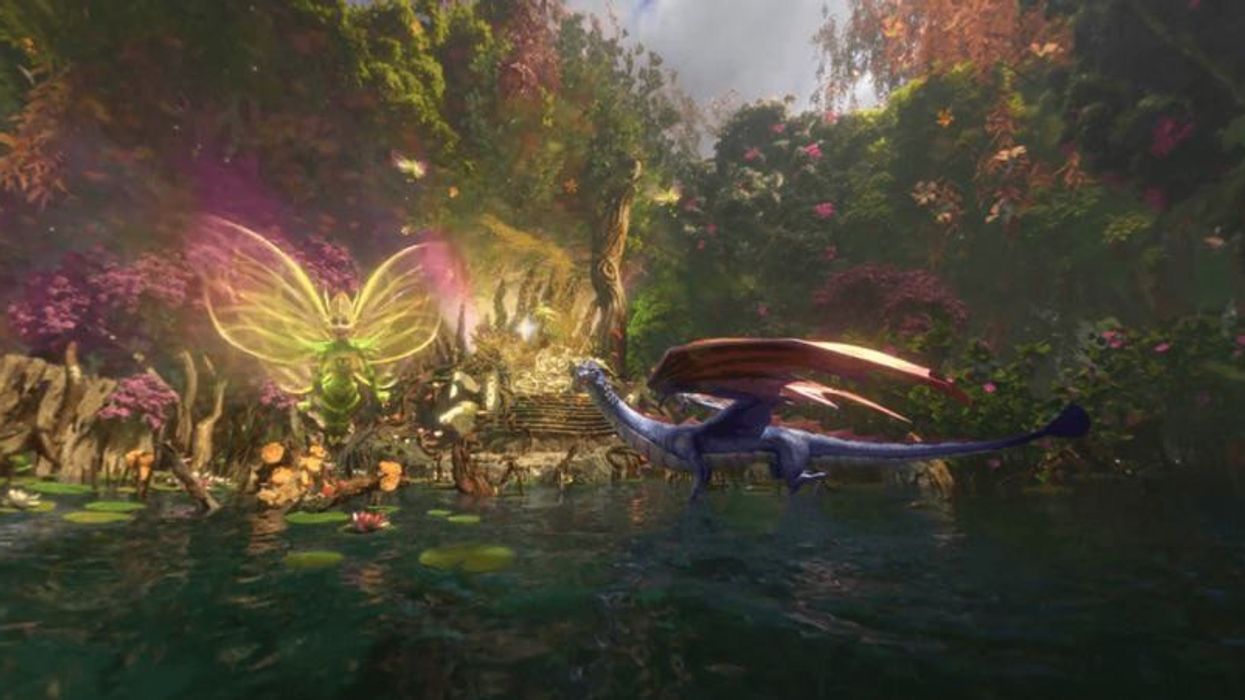
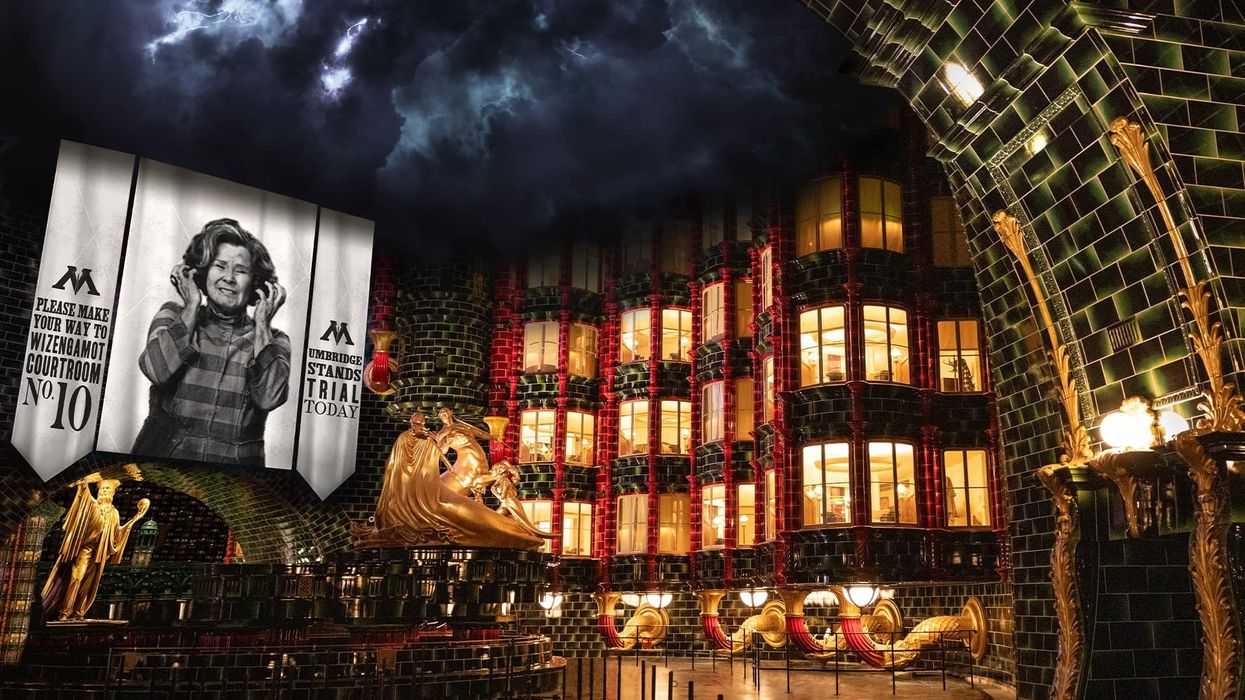
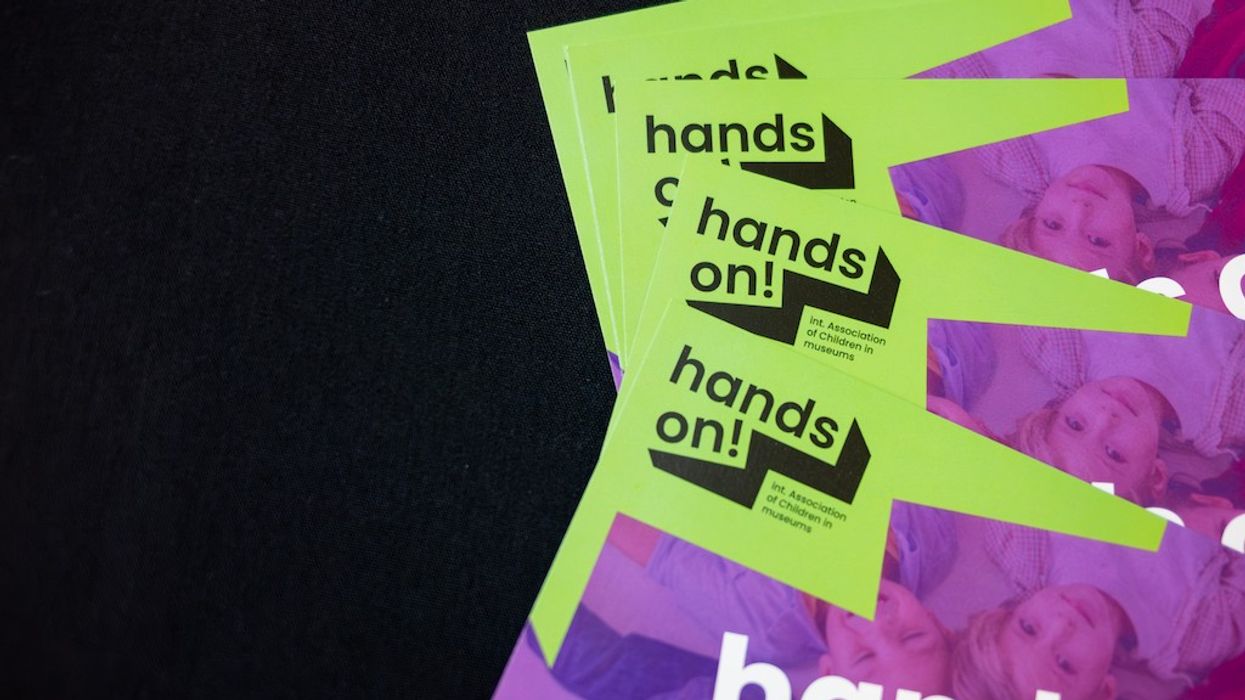
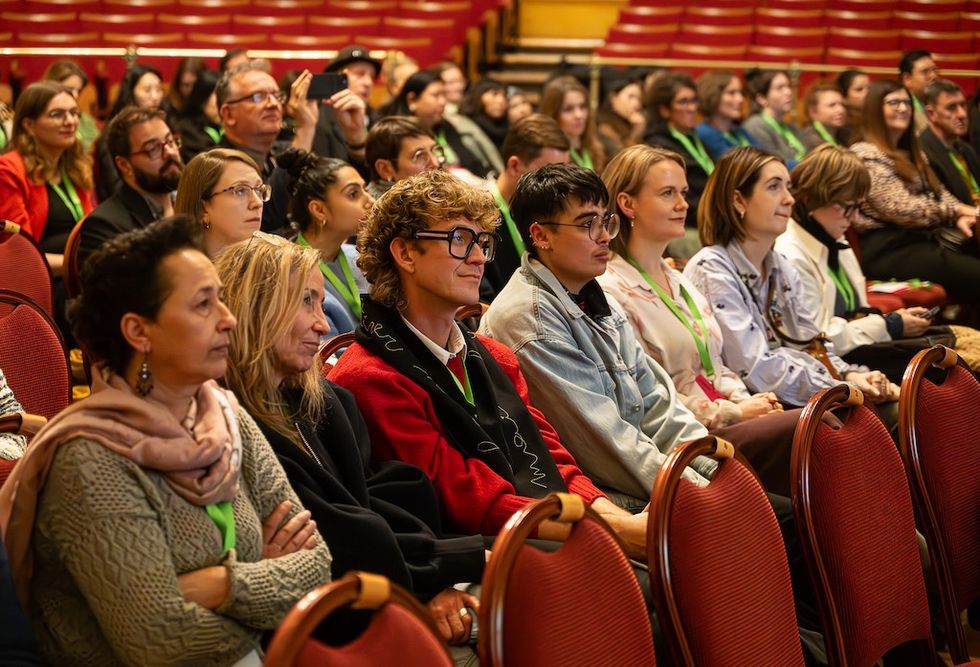
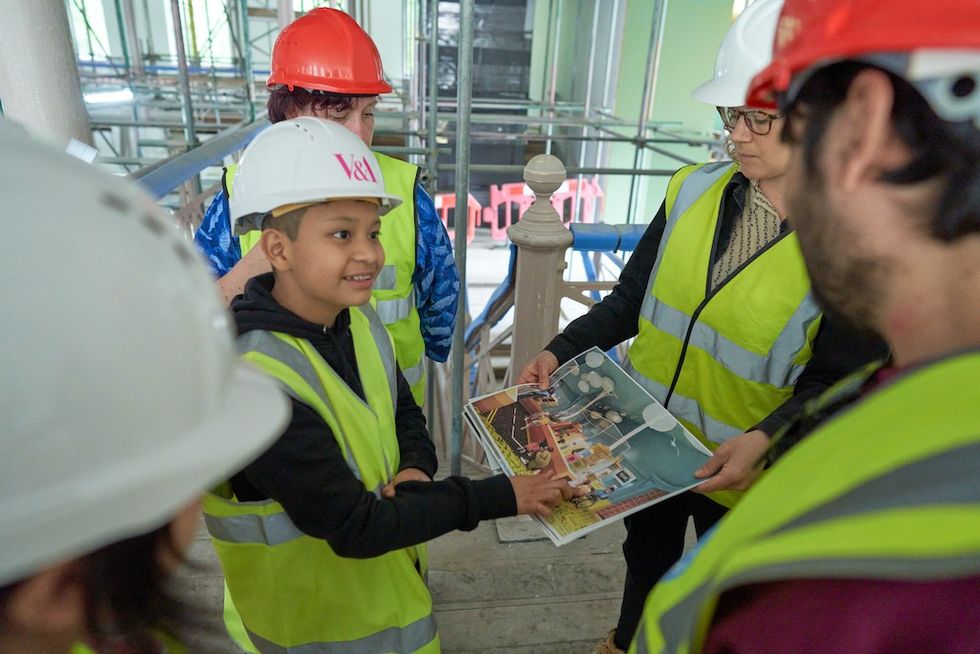 Young V&A Youth Collective members have a tour of the Young V&A construction site. Image courtesy of Young V&A.
Young V&A Youth Collective members have a tour of the Young V&A construction site. Image courtesy of Young V&A. 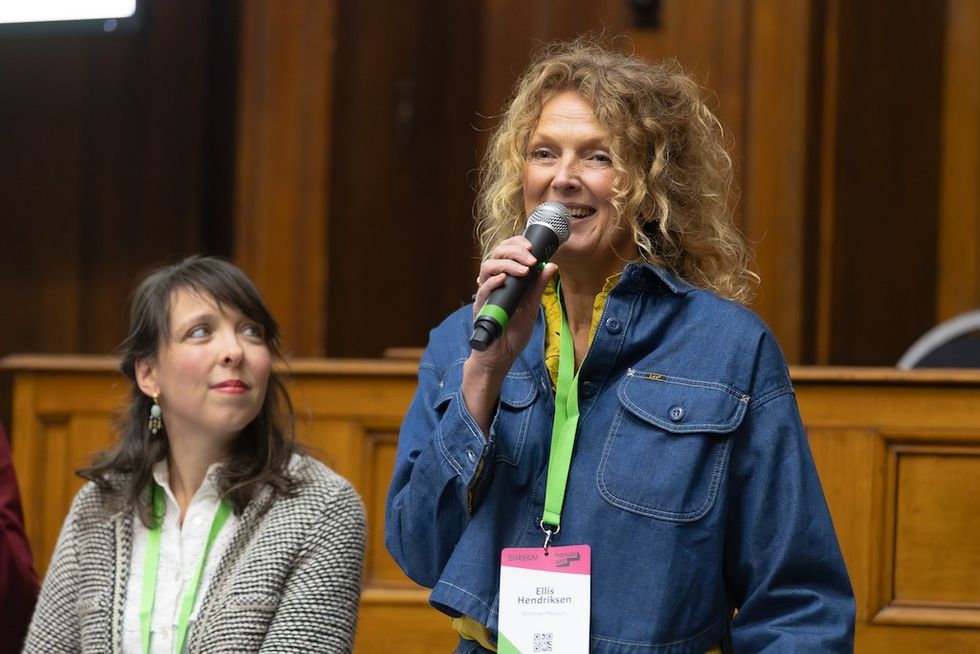 Floriane Perot and Ellis Hendriksen
Floriane Perot and Ellis Hendriksen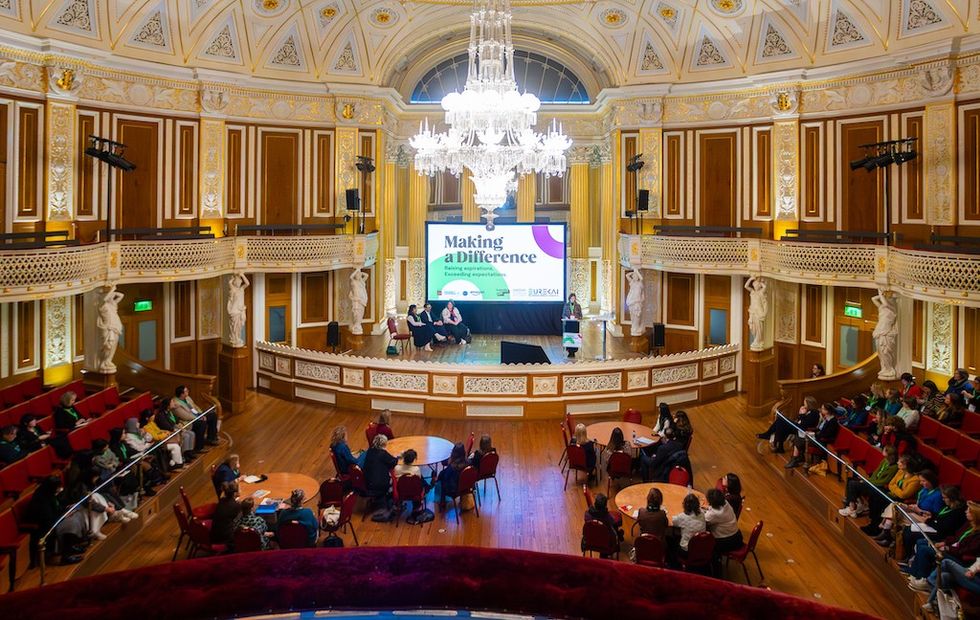
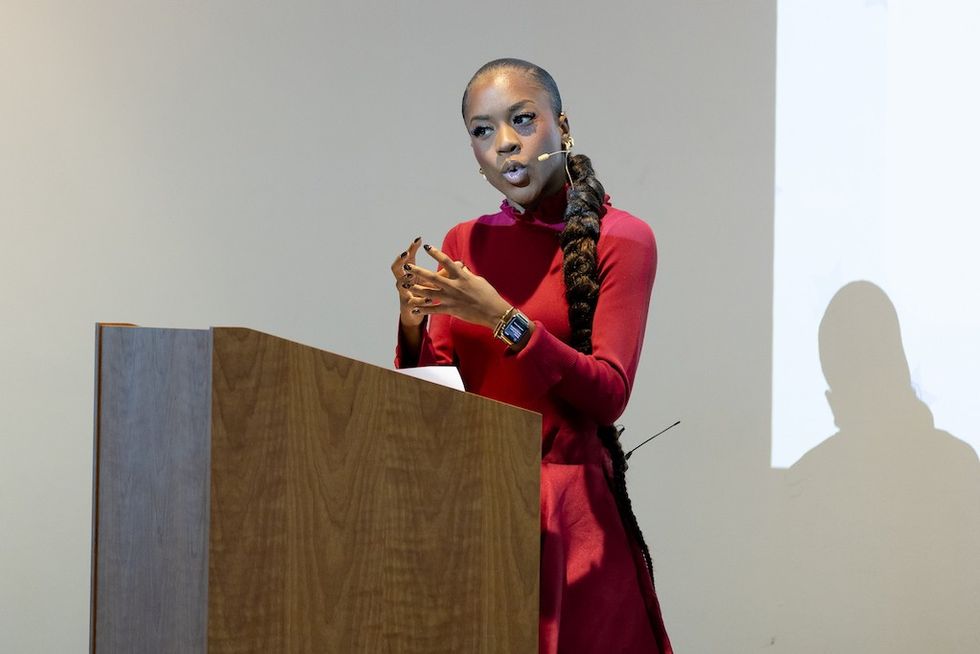 Amber Ogunsanya-William
Amber Ogunsanya-William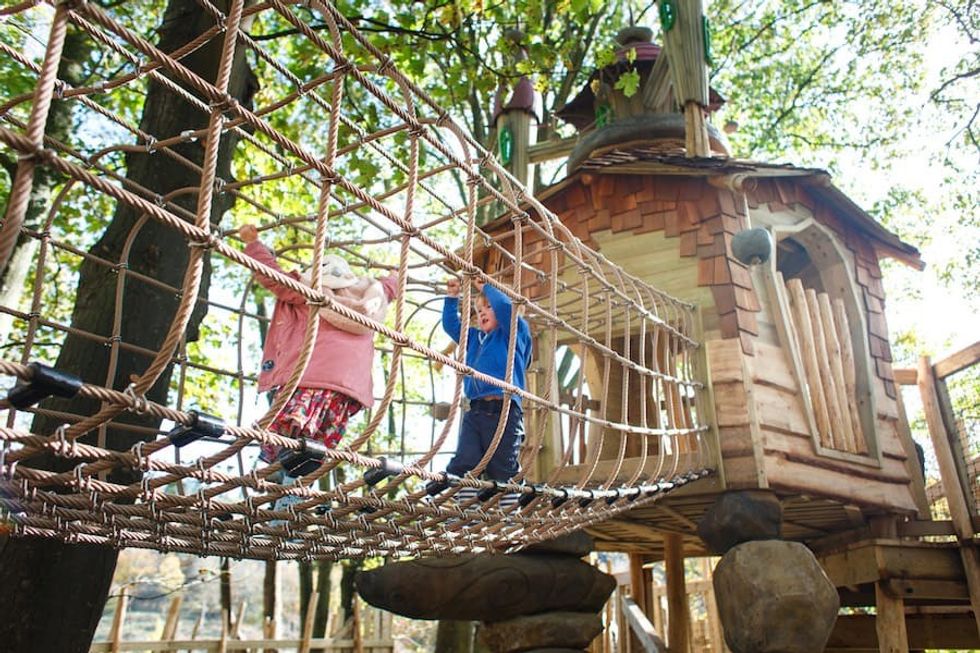 Tumblestone Hollow adventure playground by CAP.CO
Tumblestone Hollow adventure playground by CAP.CO 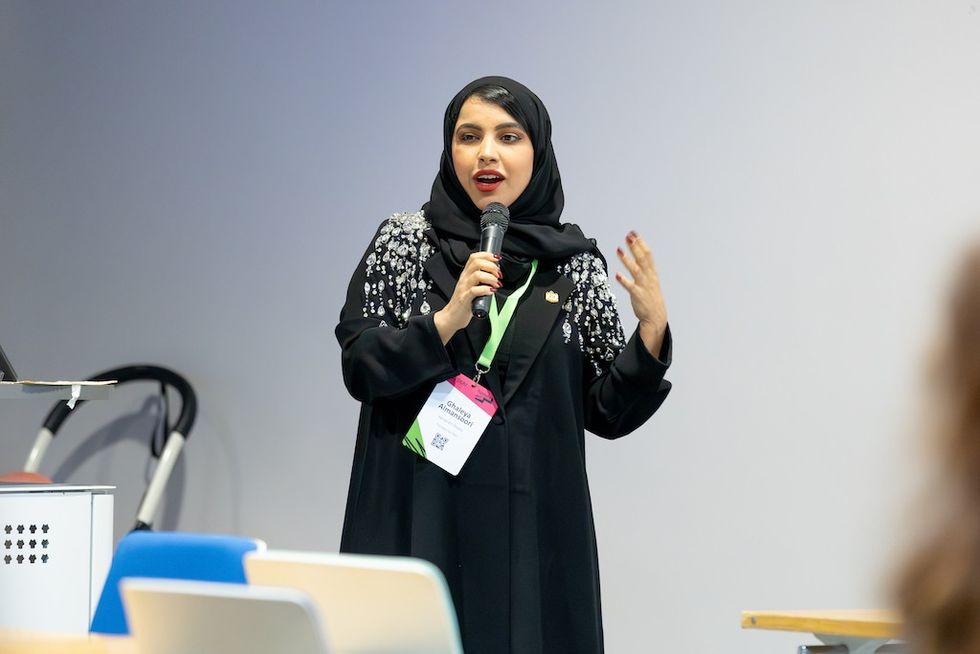 Ghaleya Al Mansoori
Ghaleya Al Mansoori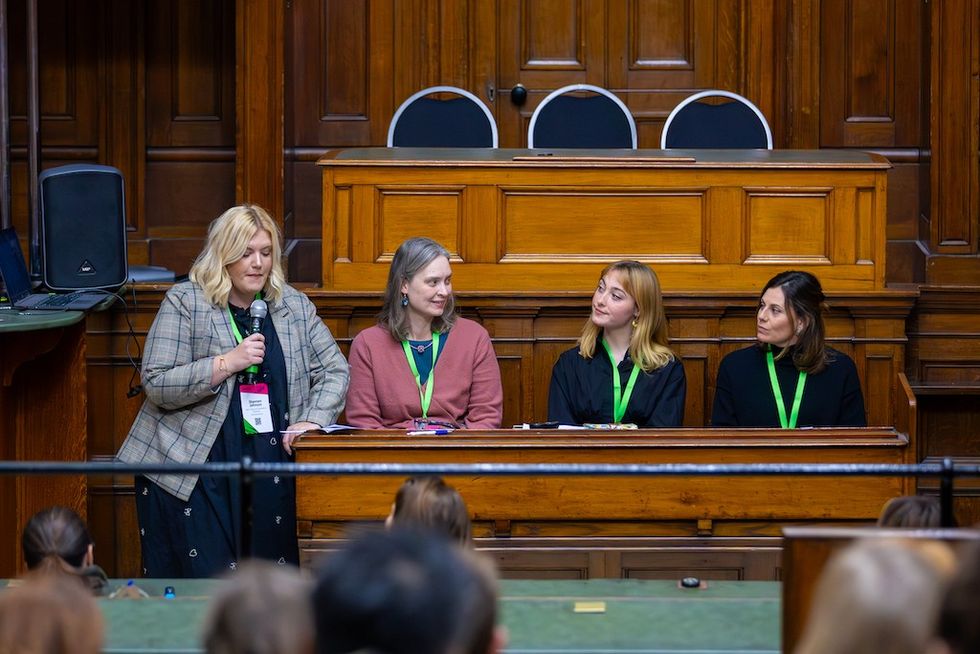
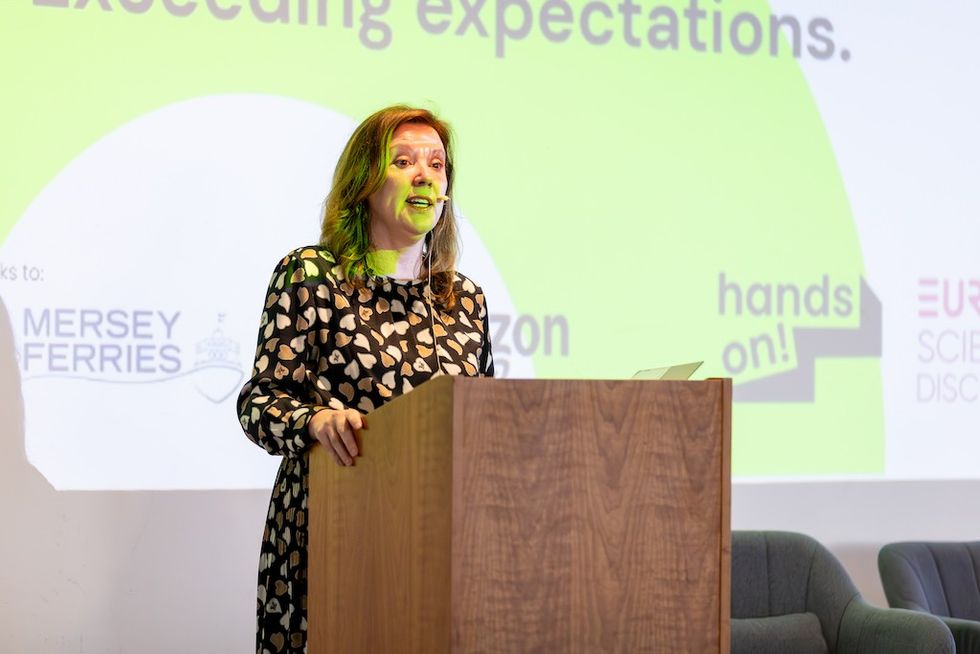 Dame Rachel de Souza
Dame Rachel de Souza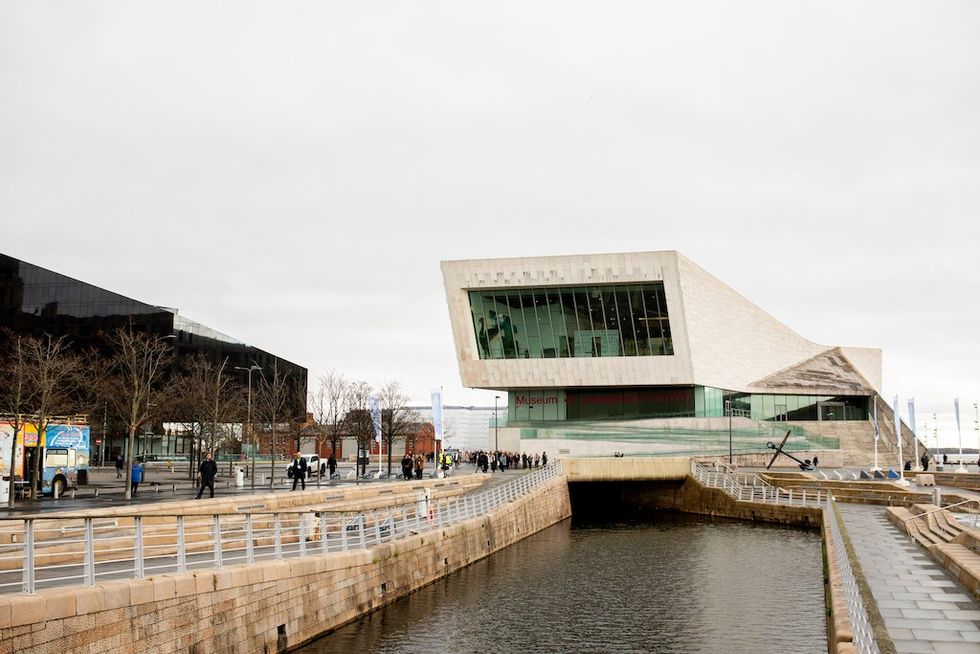 Liverpool Museum
Liverpool Museum
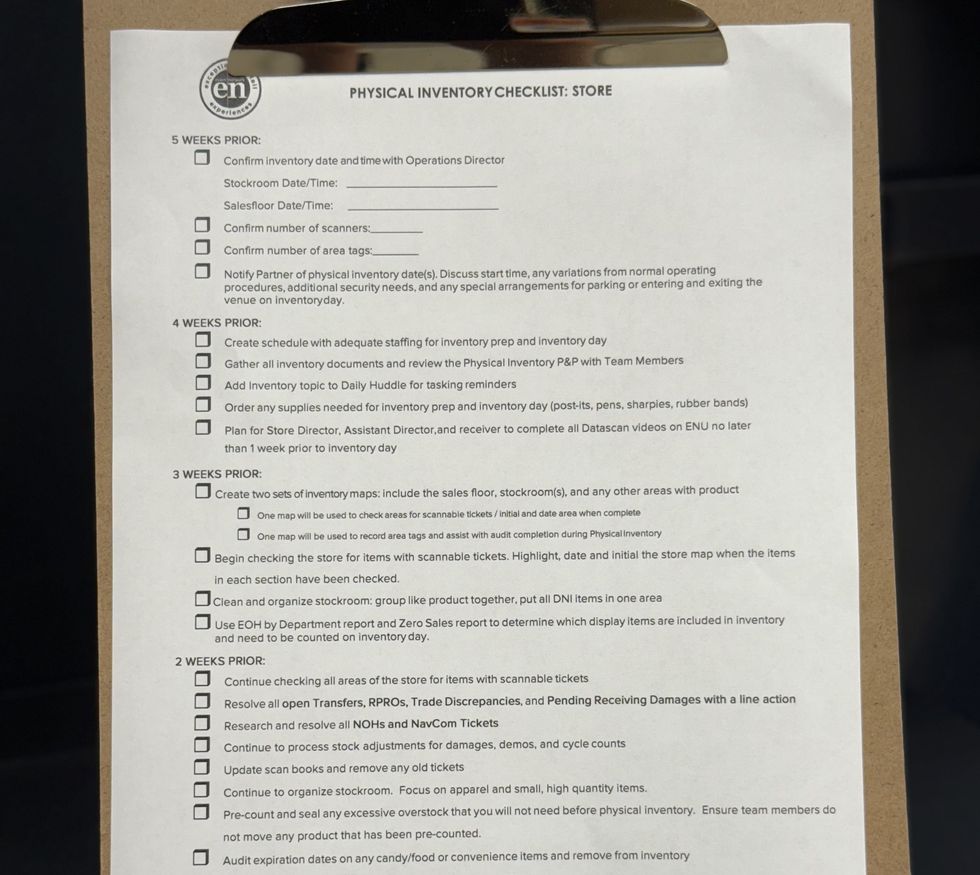
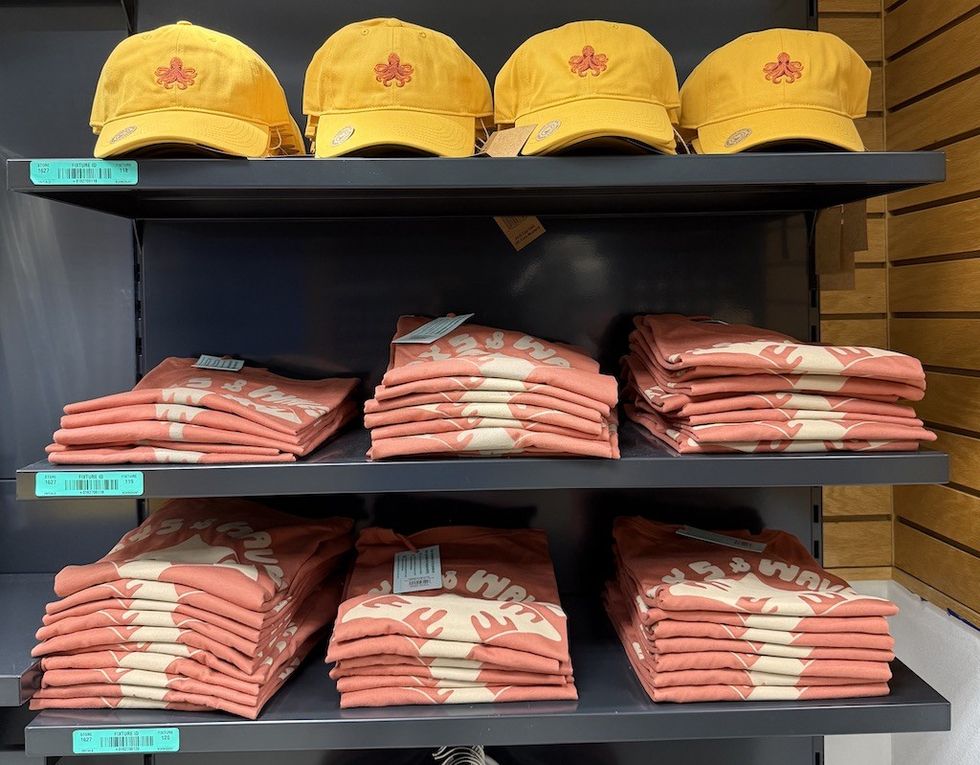
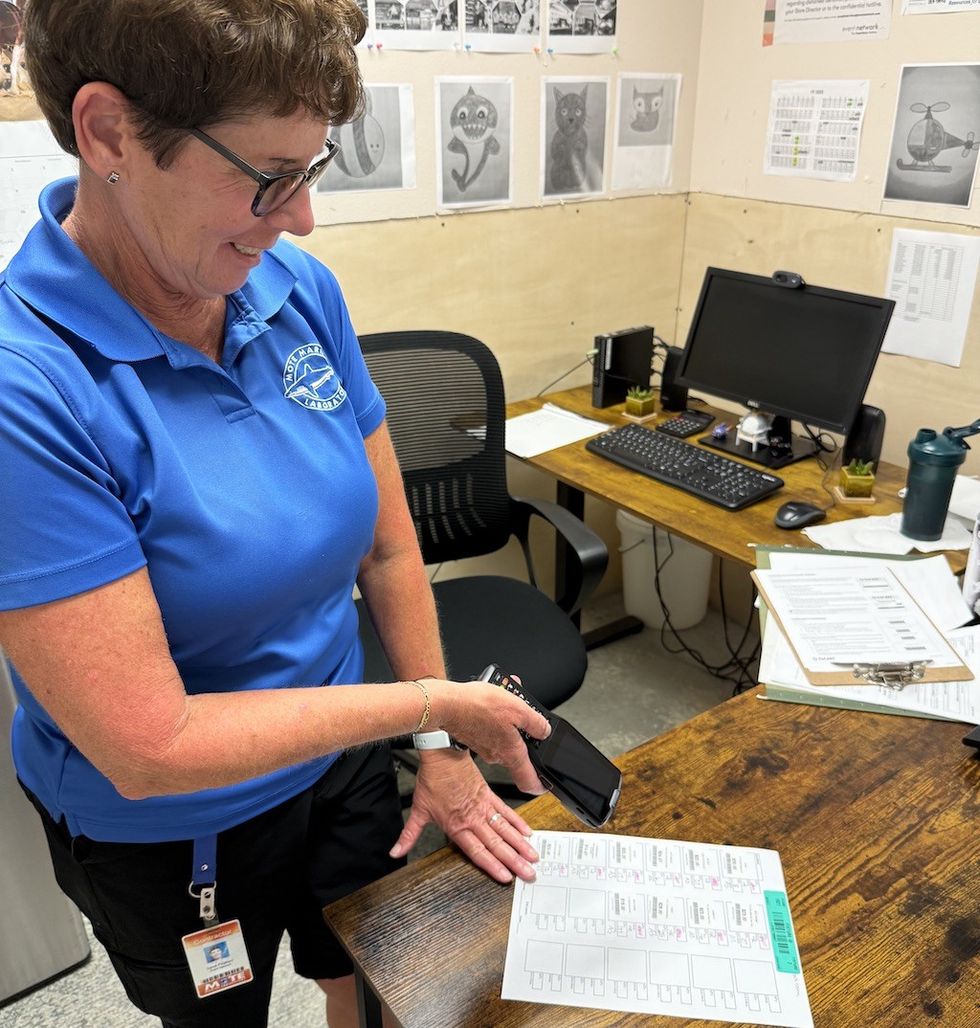
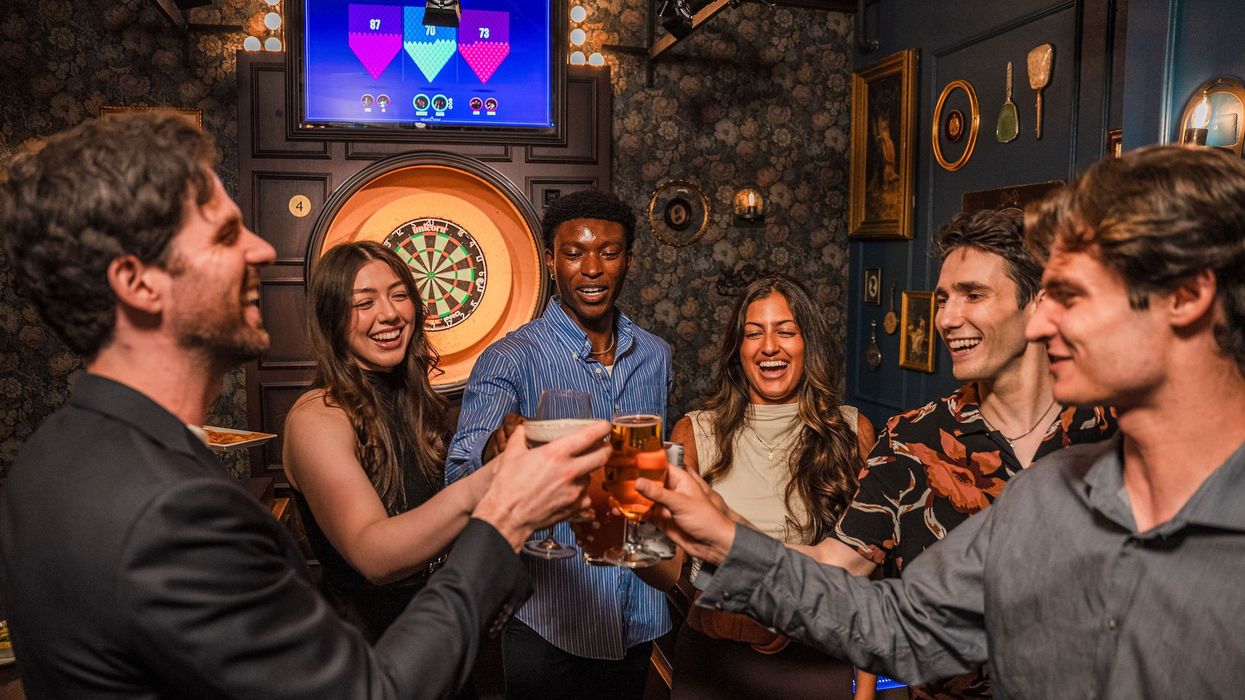
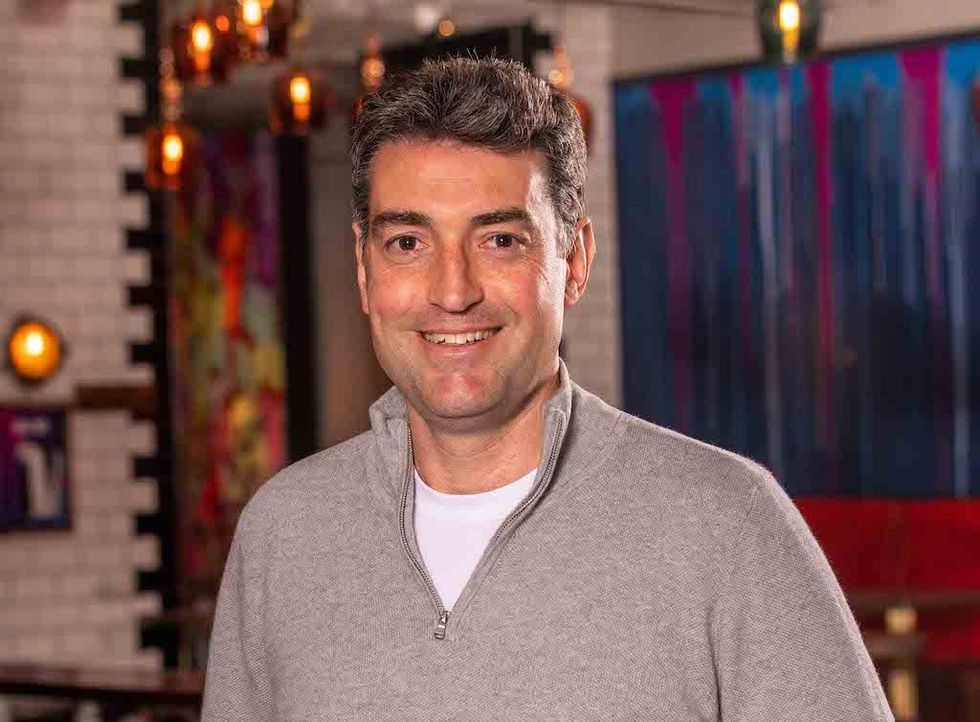 Toby Harris
Toby Harris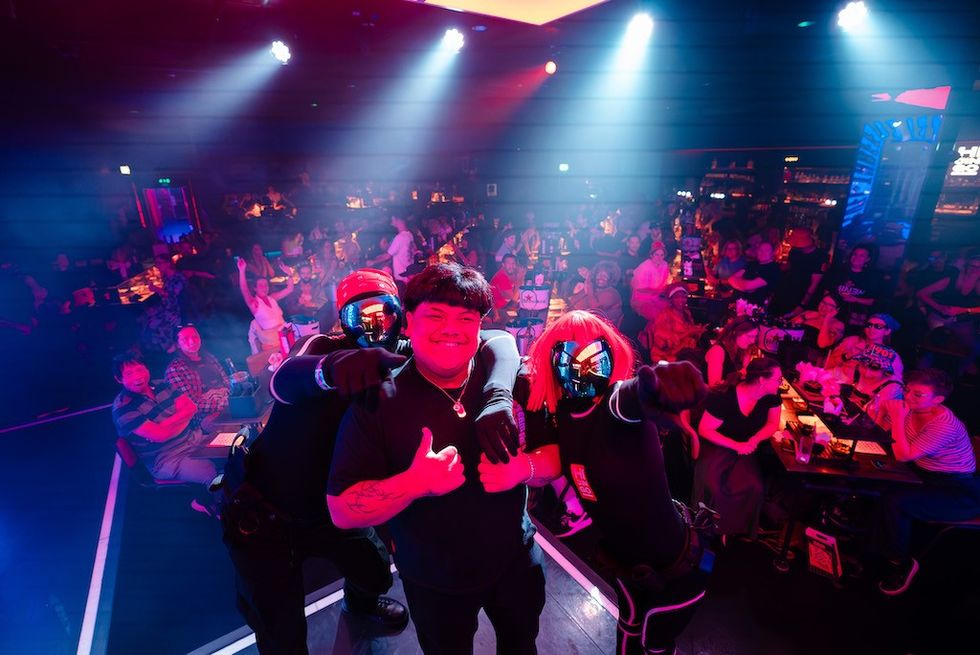 Hijingo
Hijingo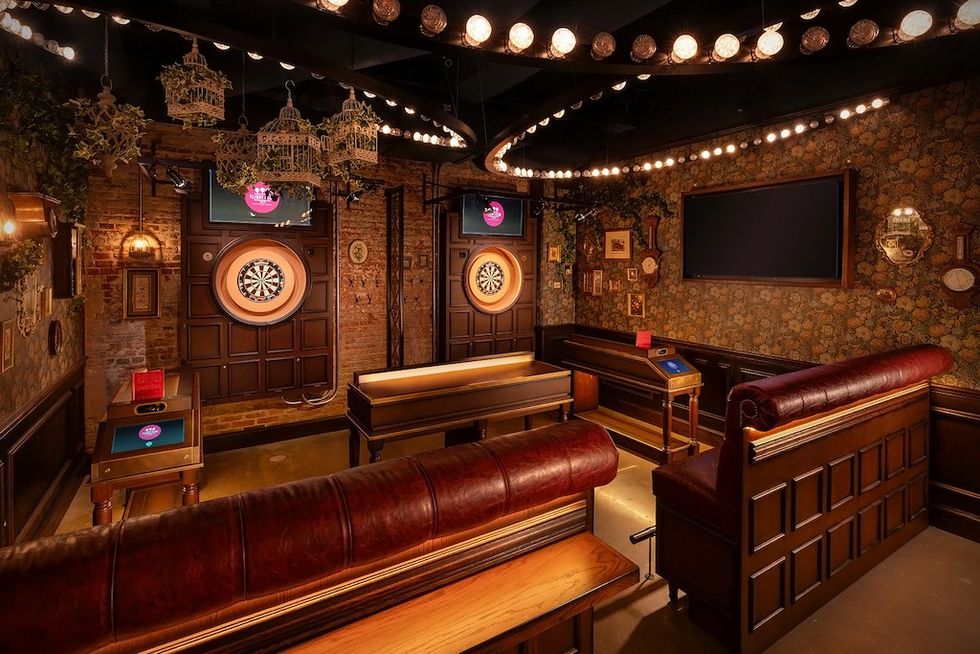 Flight Club, Washington D.C.
Flight Club, Washington D.C.
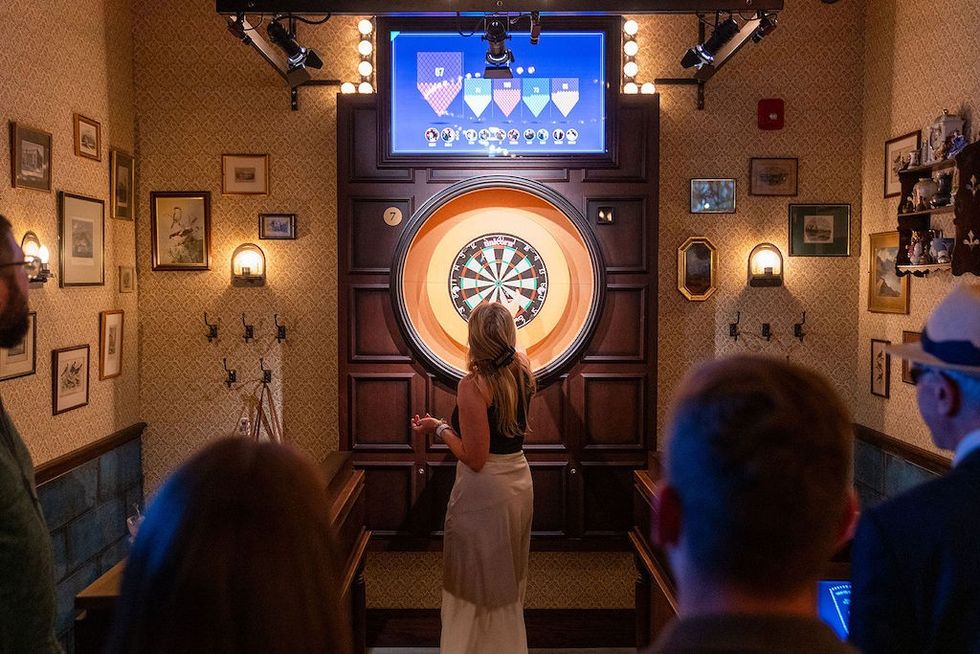 Flight Club Philadelphia
Flight Club Philadelphia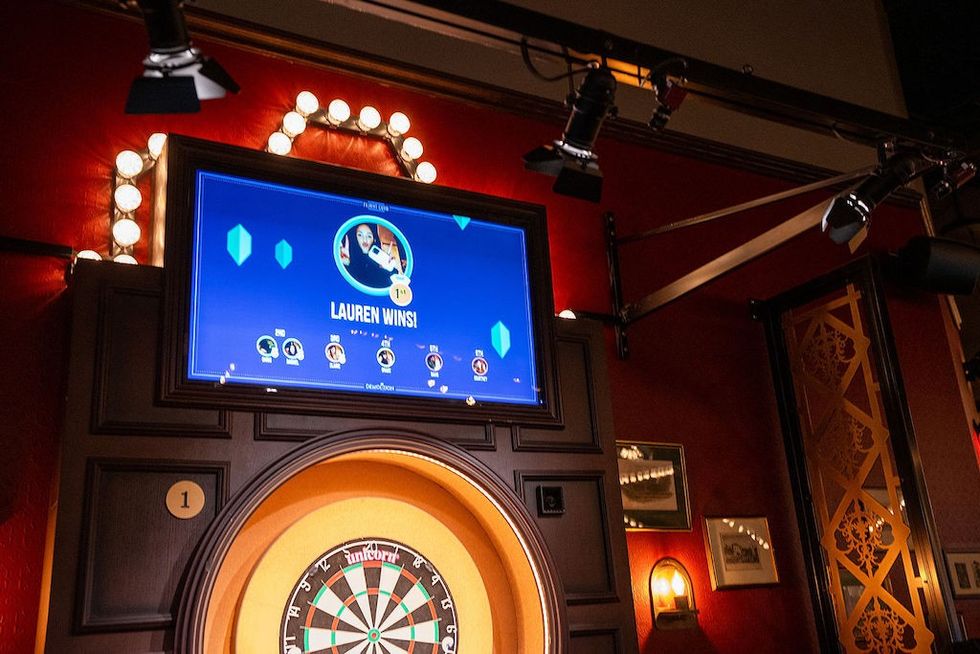 Flight Club Philadelphia
Flight Club Philadelphia Bounce
Bounce Hijingo
Hijingo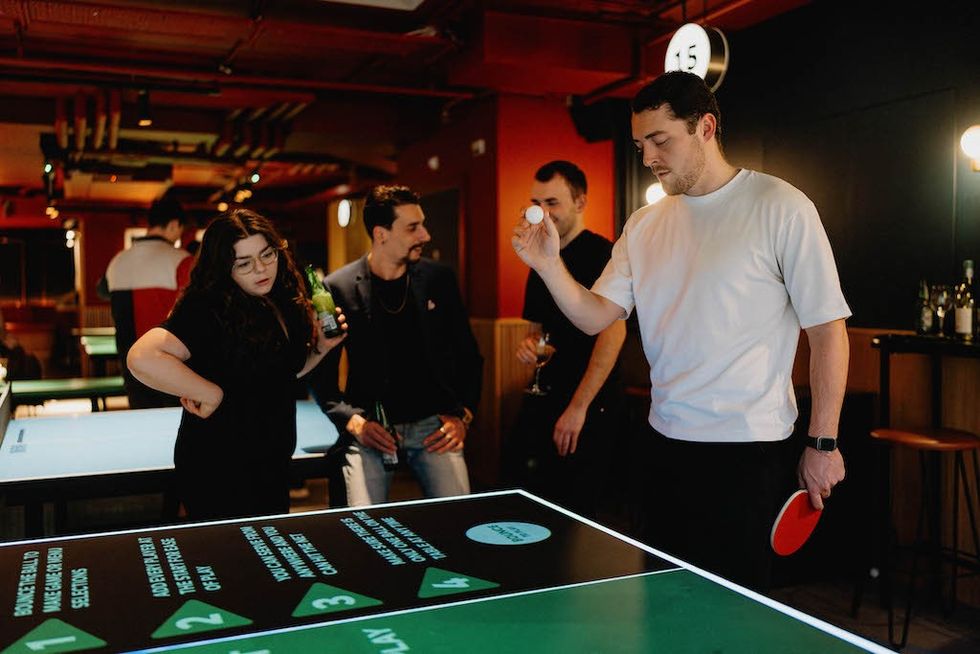 Bounce
Bounce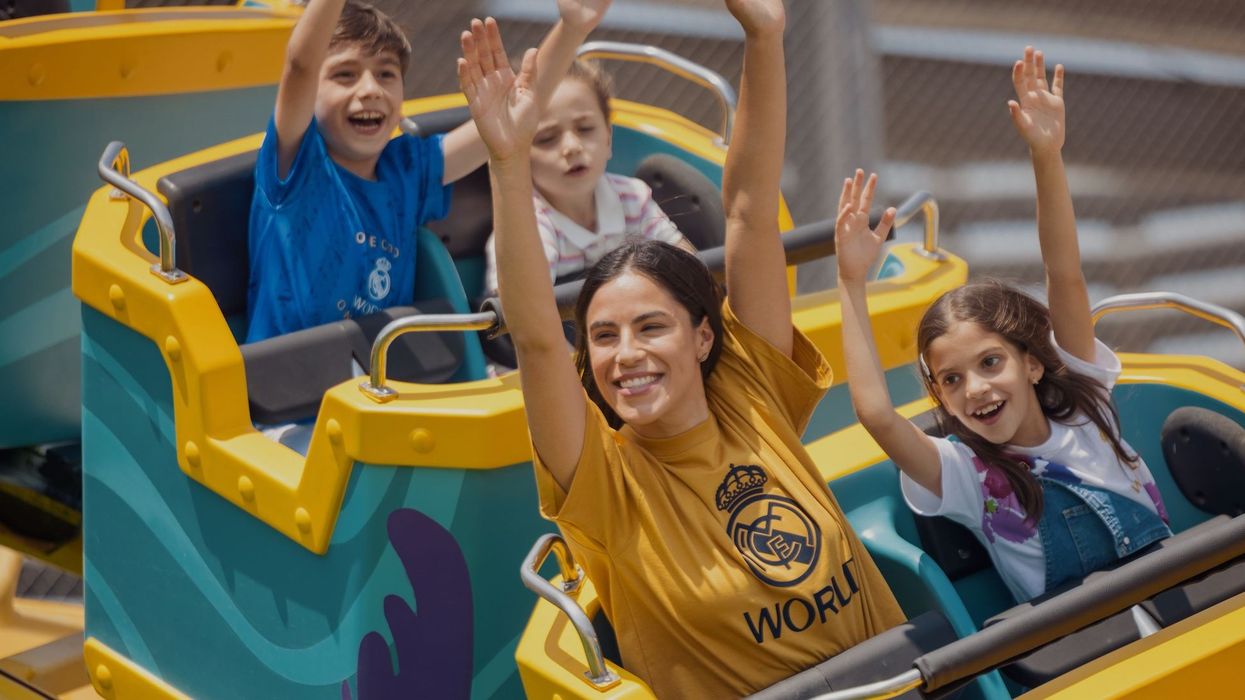
 Fernando Eiroa
Fernando Eiroa